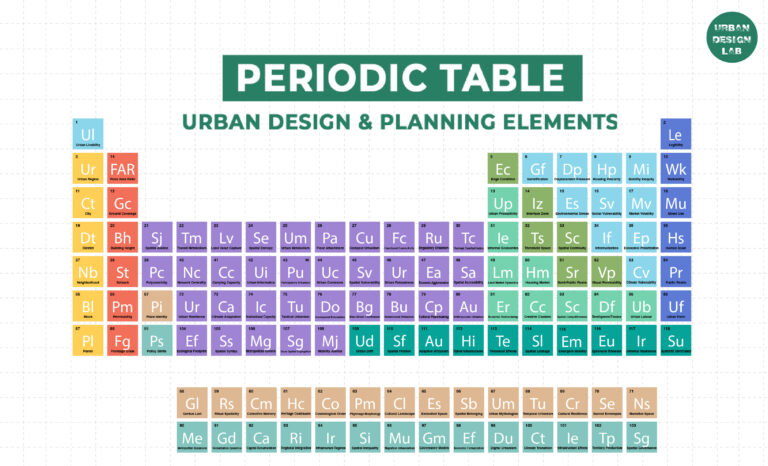
Walkable Urbanism Models Prioritizing Pedestrian-First Street Design
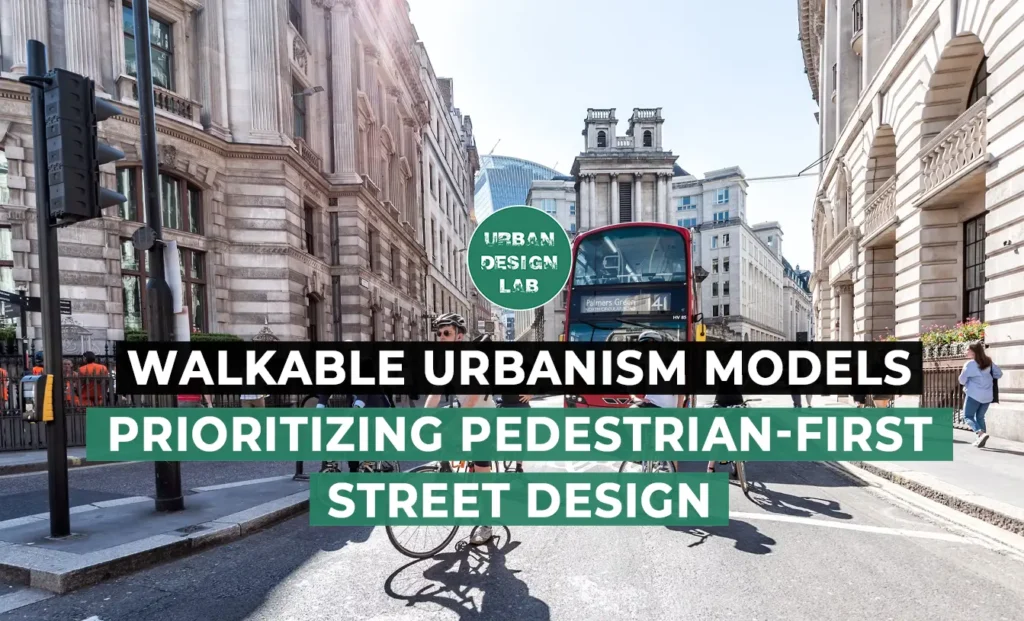
Walkable urbanism and pedestrian-first street design represent a paradigm shift in urban planning, moving away from car-centric layouts towards environments that prioritize human movement and interaction. Historically, cities naturally evolved as walkable spaces until the advent of the automobile reshaped their design. Today, models like New Urbanism, Transit-Oriented Development (TOD), and Complete Streets are bringing walkability back to the forefront. These approaches emphasize wide sidewalks, traffic calming measures, universal accessibility, and green infrastructure to create safer, more enjoyable public spaces. The benefits are far-reaching, encompassing improved public health, enhanced economic vitality for local businesses, significant environmental sustainability through reduced car dependency, and strengthened social equity by creating inclusive public realms. While challenges like funding, existing infrastructure, and the potential for gentrification exist, successful global case studies demonstrate that with strategic policy, robust community engagement, and technological innovation, truly pedestrian-first cities are achievable, fostering vibrant, sustainable, and equitable urban futures.
The Pedestrian Imperative: Redefining Urban Spaces
Walkable urbanism champions urban planning that allows daily needs to be met on foot, drastically reducing reliance on private vehicles. This philosophy prioritizes designing environments for people, cultivating vibrant, mixed-use neighbourhoods rather than simply optimizing for automotive traffic.
Historically, global urban centers thrived as inherently pedestrian-focused places, defined by narrow streets and bustling public squares that formed the core of community life. Yet, the 20th-century automotive boom profoundly reshaped this urban fabric. City planning pivoted to prioritize vehicle flow and expansive road networks, resulting in widespread urban sprawl, severe traffic congestion, and emerging public health crises.
This mid-century shift spurred a critical re-evaluation of urban design. Influential figures like Jane Jacobs emerged as champions for a return to human-scaled, diverse urban environments. Her groundbreaking work laid the essential groundwork for contemporary movements, which are now passionately dedicated to reclaiming streets as vital public spaces. These efforts aim to significantly enhance the human experience and foster stronger, more connected communities, moving away from car dominance towards truly livable, pedestrian-centric urban landscapes.

Foundational Models for Walkable Cities
Modern walkable urbanism relies on key frameworks to reshape our cities. New Urbanism promotes compact, mixed-use neighborhoods where amenities and public transit are a short walk away. This model fights suburban sprawl by integrating diverse housing and land uses, creating vibrant public spaces that encourage social interaction.
Another crucial model is Transit-Oriented Development (TOD). TOD focuses on dense, mixed-use communities built around public transport hubs. Its main goal is to boost transit access while cutting car dependency. TOD projects feature high-density residential and commercial areas near transit stations, always prioritizing pedestrian access to encourage walking and cycling.
Finally, Complete Streets policies play a vital role. These policies ensure that streets are designed and operated to be safe and accessible for everyone, regardless of their mode of transport, age, or ability. This means road projects must incorporate features such as wide sidewalks, dedicated bike lanes, and accessible crossings, ensuring that all users—pedestrians, cyclists, motorists, and public transit riders—can navigate urban spaces safely and efficiently. Together, these models provide a robust framework for creating more livable, connected, and sustainable cities.
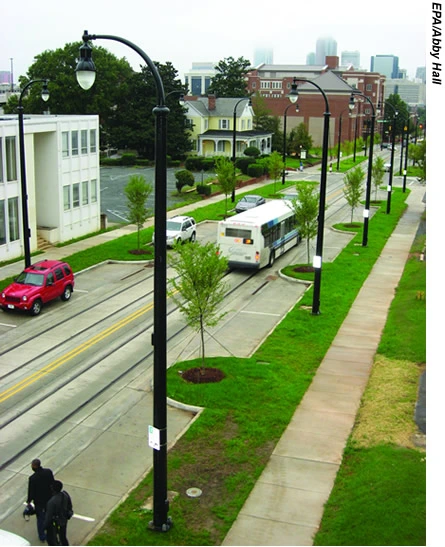
Source: Website Link
Key Design Elements for Pedestrian Prioritization
Effective pedestrian-first street design integrates several specific elements to create safer, more inviting urban spaces. Public space design is fundamental, focusing on wide, unobstructed sidewalks, pedestrian refuge islands, and clearly marked, often raised, crosswalks. Enhancements like street furniture, public art, and ample lighting significantly boost comfort and visual appeal for those on foot.
Traffic calming measures are crucial for mitigating vehicle speeds and volumes, directly improving pedestrian safety. These tactics include implementing speed humps, raised intersections, curb extensions, and narrower vehicle lanes. Road diets are also employed, reallocating existing road space from vehicular traffic to other uses like wider footpaths or cycle lanes.
Furthermore, accessibility is paramount. Designs must adhere to universal design principles, incorporating features such as step-free access, tactile warning strips, and accessible pedestrian signals to ensure ease of use for everyone. Finally, integrating green infrastructure, like street trees, bioswales, and rain gardens, weaves nature into the urban fabric. This not only provides shade and improves air quality but also aids in stormwater management and significantly enhances the overall aesthetic and livability of pedestrian environments.
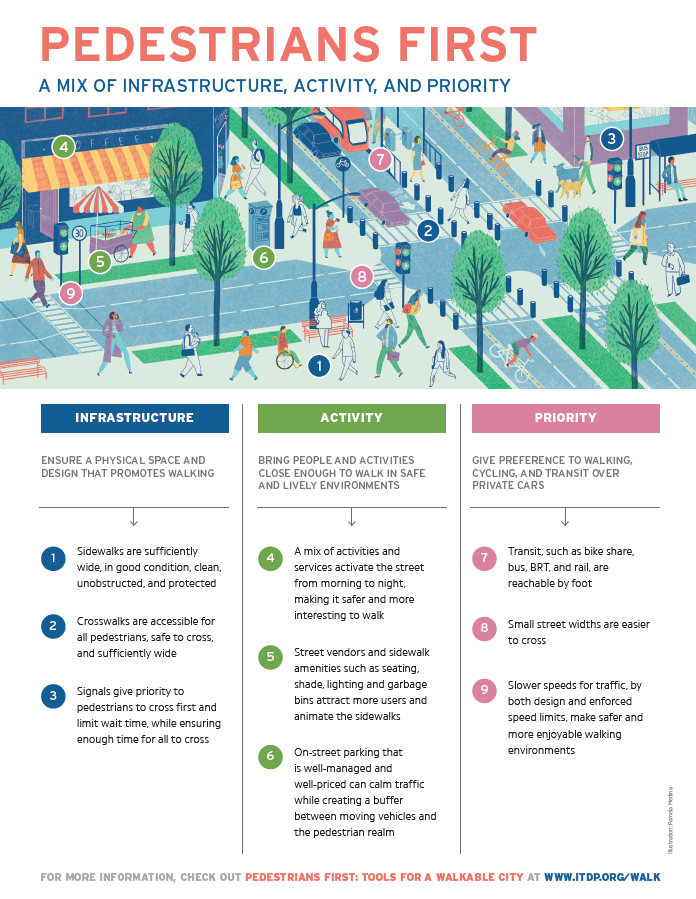
Multifaceted Benefits of Walkable Urbanism
The advantages of walkable urbanism are broad and impactful. Environmentally, it significantly cuts greenhouse gas emissions by reducing car dependency. It also lessens land consumption, mitigates the urban heat island effect, and improves air quality.
Economically, walkability boosts local businesses through increased foot traffic. It leads to higher property values in desirable areas, with studies indicating homebuyers will pay more for walkability. Such environments also attract a skilled workforce seeking a high quality of life.
For public health, increased walking and cycling naturally lead to higher physical activity, helping combat obesity and chronic diseases. Access to green spaces further enhances mental well-being.
Lastly, social equity is strongly fostered. Walkable designs create accessible, inclusive public spaces that promote social interaction and reduce isolation. They provide equitable access to essential services and community resources for everyone, regardless of age, ability, or socioeconomic status. However, careful planning is crucial to prevent gentrification, ensuring these benefits are shared by all residents.
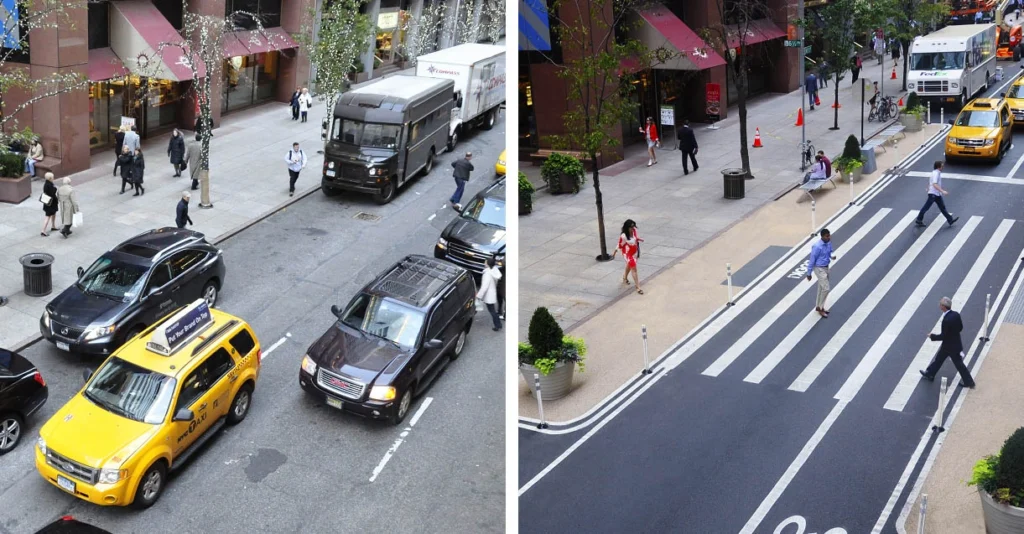
Enablers: Policy, Engagement, and Technology
Successful walkable urbanism hinges on supportive policies, active community involvement, and innovative technologies. Urban planning regulations are crucial; tools like mixed-use zoning and form-based codes direct development toward pedestrian-friendly layouts. Parking maximums and Complete Streets policies further curb car dependence, ensuring infrastructure serves all users.
Community engagement is vital for creating user-centric and equitable designs. Inclusive practices such as workshops, surveys, and digital mapping promote co-creation and build public support.
Finally, technological innovations are increasingly important. Smart city technologies, utilizing IoT sensors and data analytics, can monitor pedestrian flows, optimize traffic signals, and enhance safety. Concepts like the “15-minute city”, backed by real-time data and digital twins, aim to place all essential services within a short walk or bike ride. This reduces the need for cars, fostering truly walkable, connected, and sustainable urban environments for everyone.
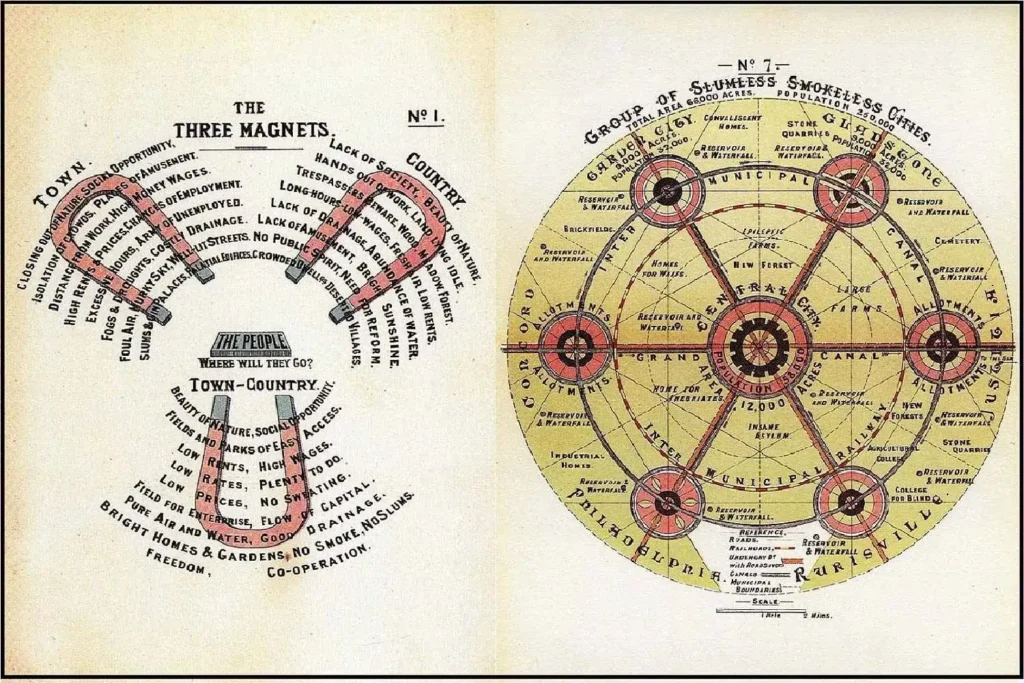
Walkable urbanism and pedestrian-first street design are not just about aesthetics; they are fundamental to creating resilient, equitable, and sustainable cities for the future. By prioritizing people over vehicles, urban planners and policymakers can unlock a wealth of benefits, from healthier populations and vibrant local economies to reduced environmental impact and stronger community bonds. While the transition away from car-centric planning presents complex challenges, the growing body of successful case studies and the continuous evolution of supportive policies, community engagement strategies, and smart technologies demonstrate that achieving truly walkable cities is an attainable and worthwhile goal. Embracing these models is essential for building urban environments that are not only efficient and green but also profoundly human-centered, fostering a better quality of life for all residents.
- Jacobs, J. (1961). The Death and Life of Great American Cities. Random House.
- Congress for the New Urbanism. (n.d.). About New Urbanism. Retrieved from https://www.cnu.org/
- ITDP. (n.d.). Transit-Oriented Development. Retrieved from https://www.itdp.org/
- Smart Growth America. (n.d.). Complete Streets. Retrieved from https://smartgrowthamerica.org/program/national-complete-streets-coalition/
- U.S. Environmental Protection Agency. (n.d.). The Benefits of Smart Growth Approaches. Retrieved from https://www.epa.gov/smartgrowth/benefits-smart-growth-approaches
- Litman, T. (2024). Economic Value of Walkability. Victoria Transport Policy Institute. Retrieved from https://www.vtpi.org/walkability.pdf
- The Center for Active Design. (n.d.). Active Design Guidelines. Retrieved from https://centerforactivedesign.org/guidelines
- CityLab. (2018). The Downside of Walkable Cities. Retrieved from https://www.bloomberg.com/news/articles/2018-09-24/the-downside-of-walkable-cities
- American Planning Association. (n.d.). Form-Based Codes. Retrieved from https://www.planning.org/divisions/planninglaw/formbasedcodes/
- U.S. Access Board. (n.d.). Accessible Public Rights-of-Way. Retrieved from https://www.access-board.gov/prow/
- NACTO. (n.d.). Urban Street Design Guide. Retrieved from https://nacto.org/publication/urban-street-design-guide/
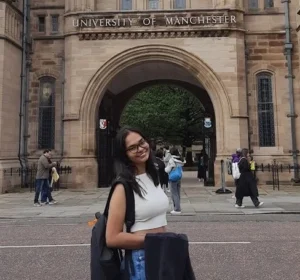
Shatakshi Prabhakar Patil
Shatakshi Patil is a passionate urban designer with a strong foundation in architecture and a commitment to creating inclusive, sustainable spaces. She brings a global perspective to her work, combining strategic thinking with technical proficiency in urban planning and design. Known for her initiative and research-driven approach, she excels at transforming complex urban challenges into people-focused solutions. Her work reflects a balance of creativity, precision, and a deep sensitivity to context.
Related articles

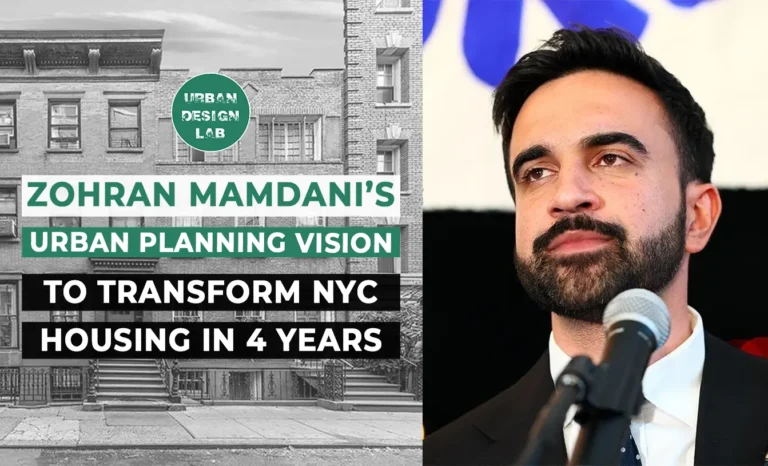
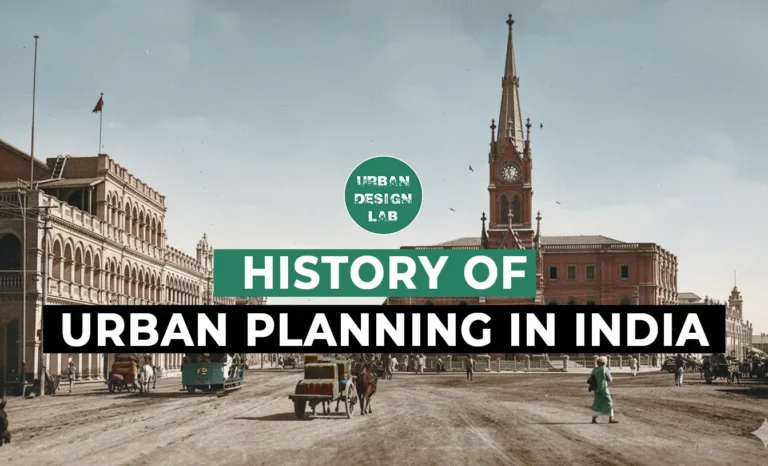
History of Urban Planning in India
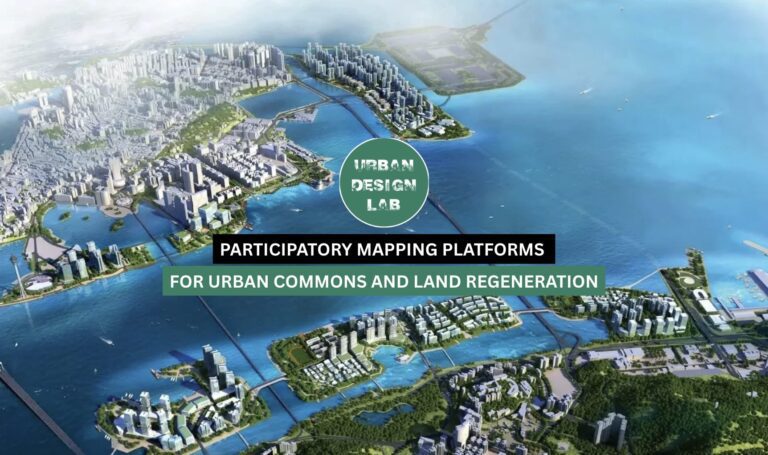
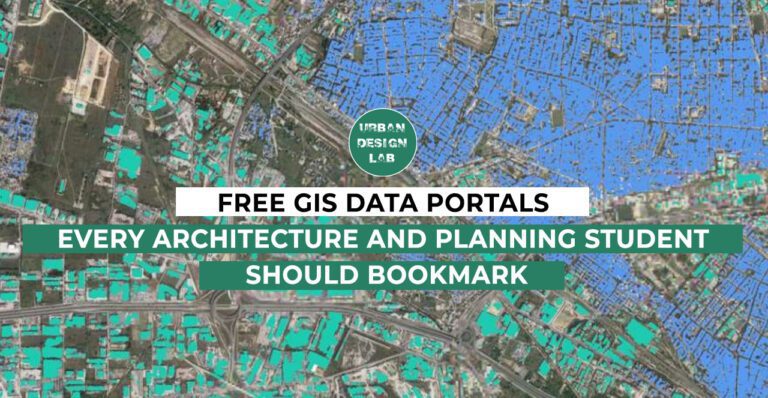
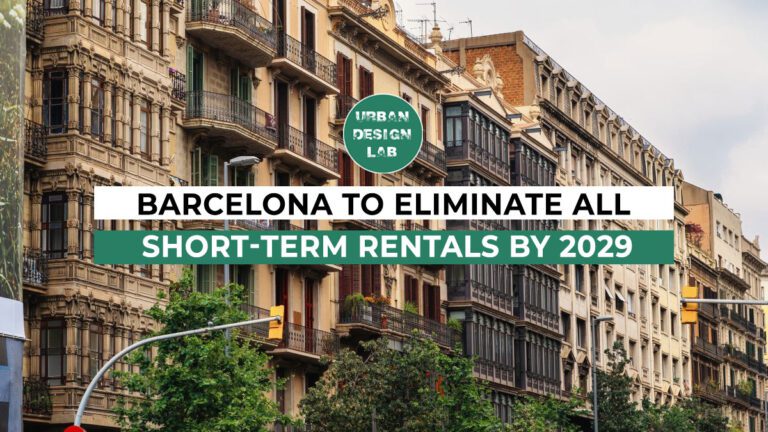
Barcelona to Eliminate All Short-Term Rentals by 2029
UDL GIS
Masterclass
Gis Made Easy- Learn to Map, Analyse and Transform Urban Futures
Session Dates
15th-19th December 2025

Urban Design Lab
Be the part of our Network
Stay updated on workshops, design tools, and calls for collaboration
Curating the best graduate thesis project globally!
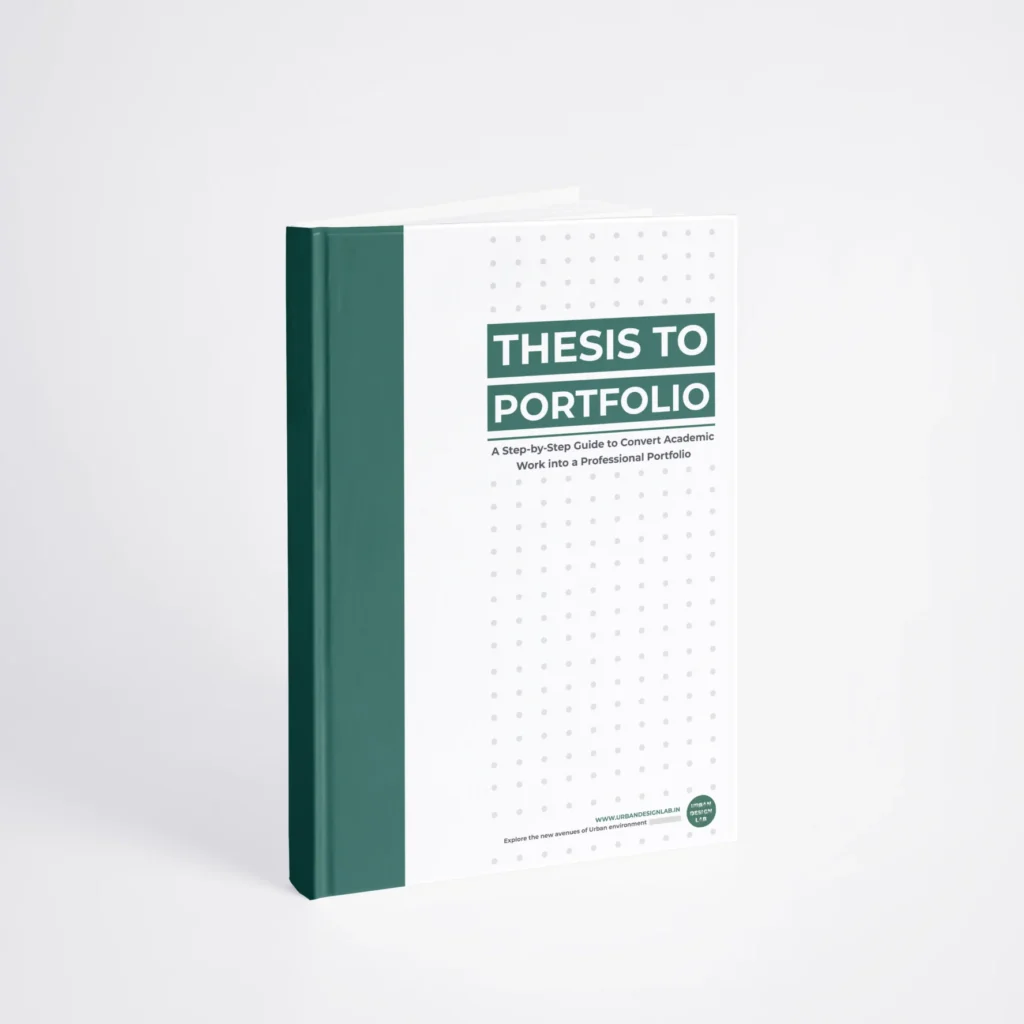
Free E-Book
From thesis to Portfolio
A Guide to Convert Academic Work into a Professional Portfolio”
Recent Posts
- Article Posted:
- Article Posted:
- Article Posted:
- Article Posted:
- Article Posted:
- Article Posted:
- Article Posted:
- Article Posted:
- Article Posted:
- Article Posted:
- Article Posted:
- Article Posted:
- Article Posted:
Sign up for our Newsletter
“Let’s explore the new avenues of Urban environment together “
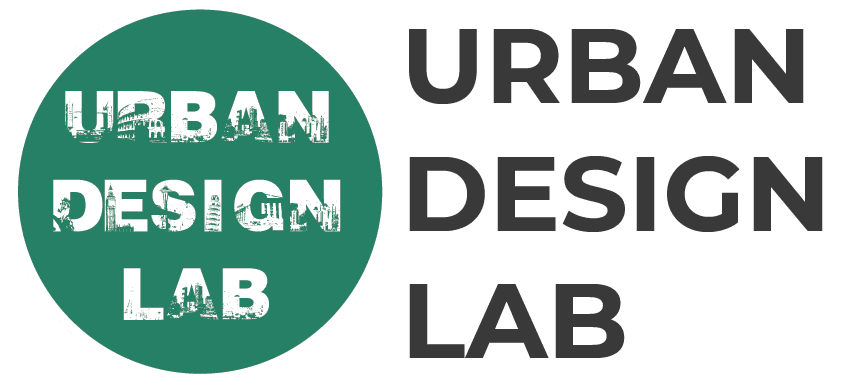
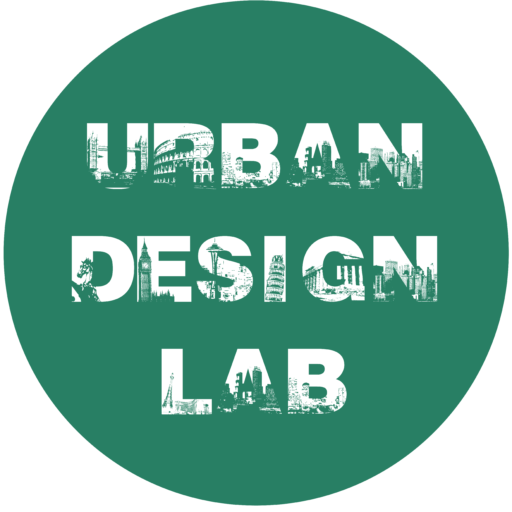
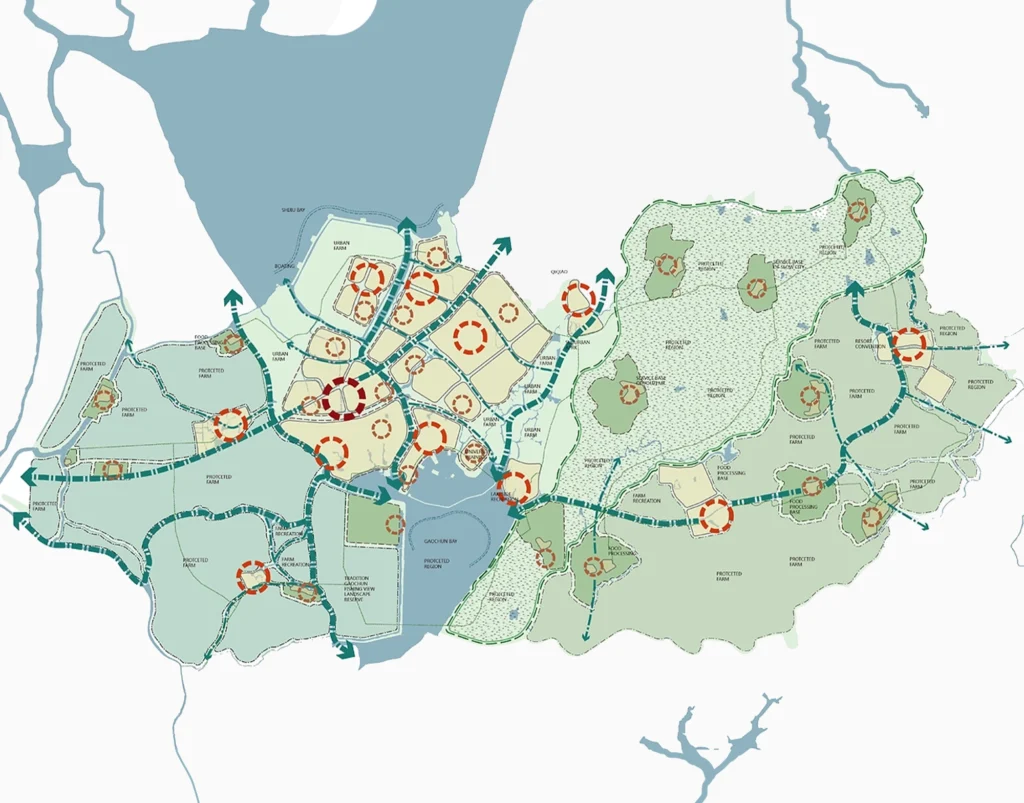
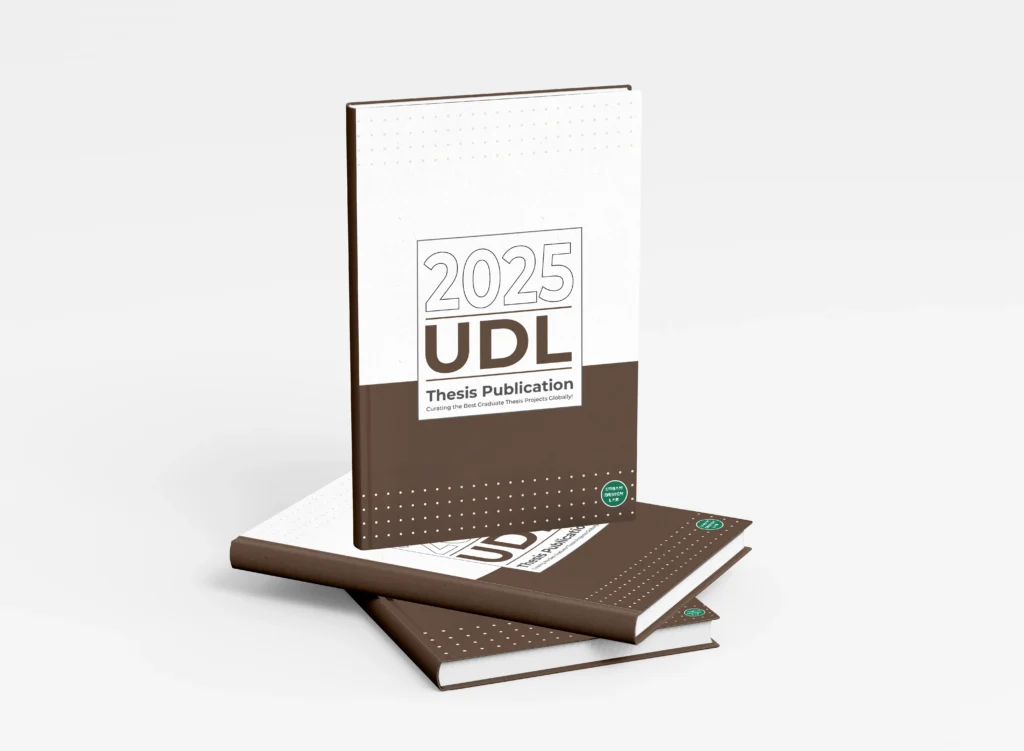


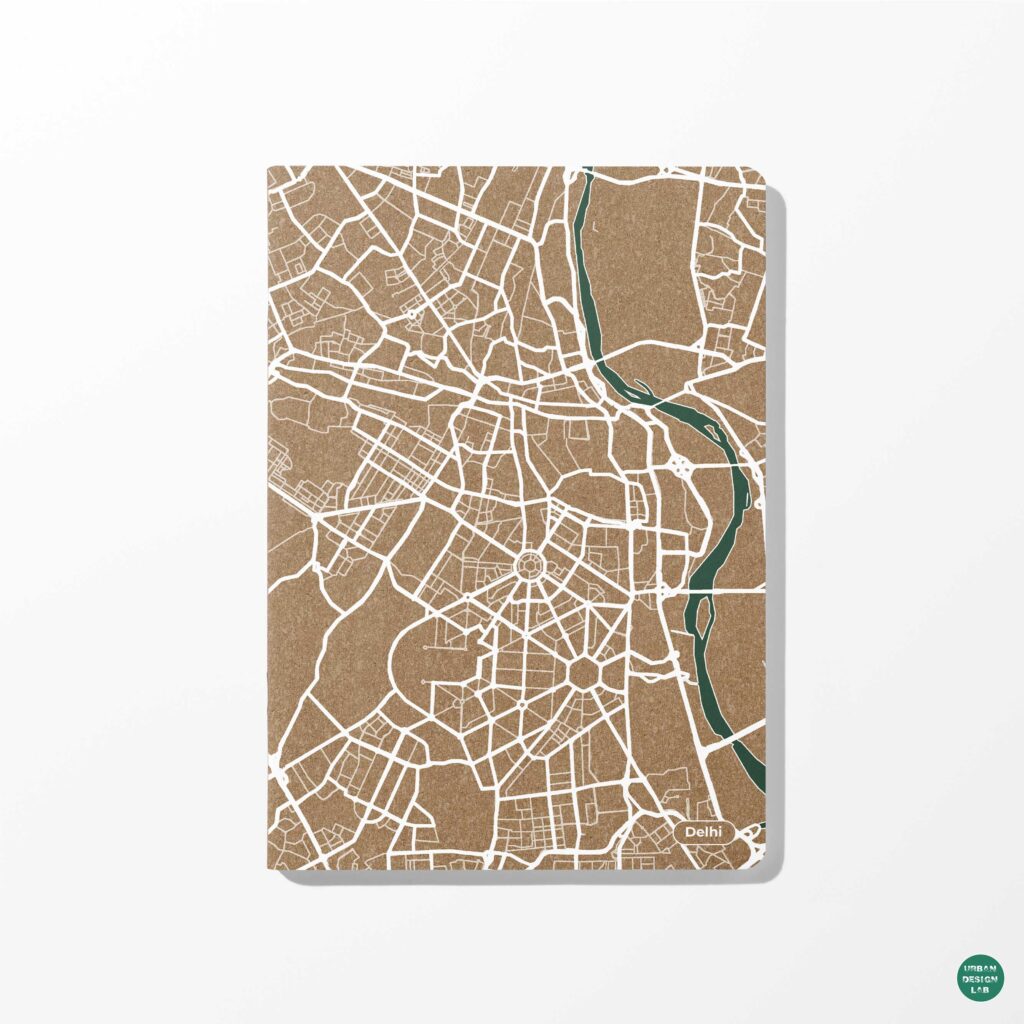
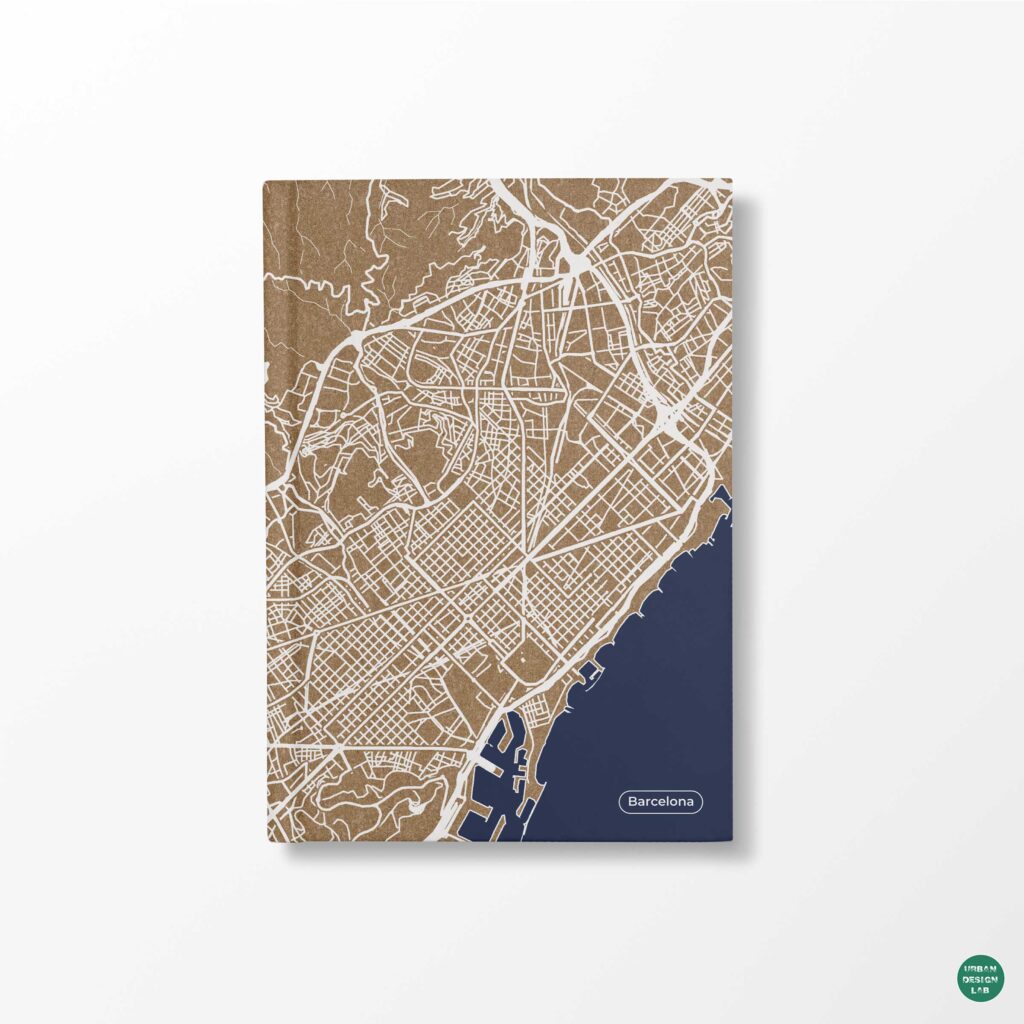
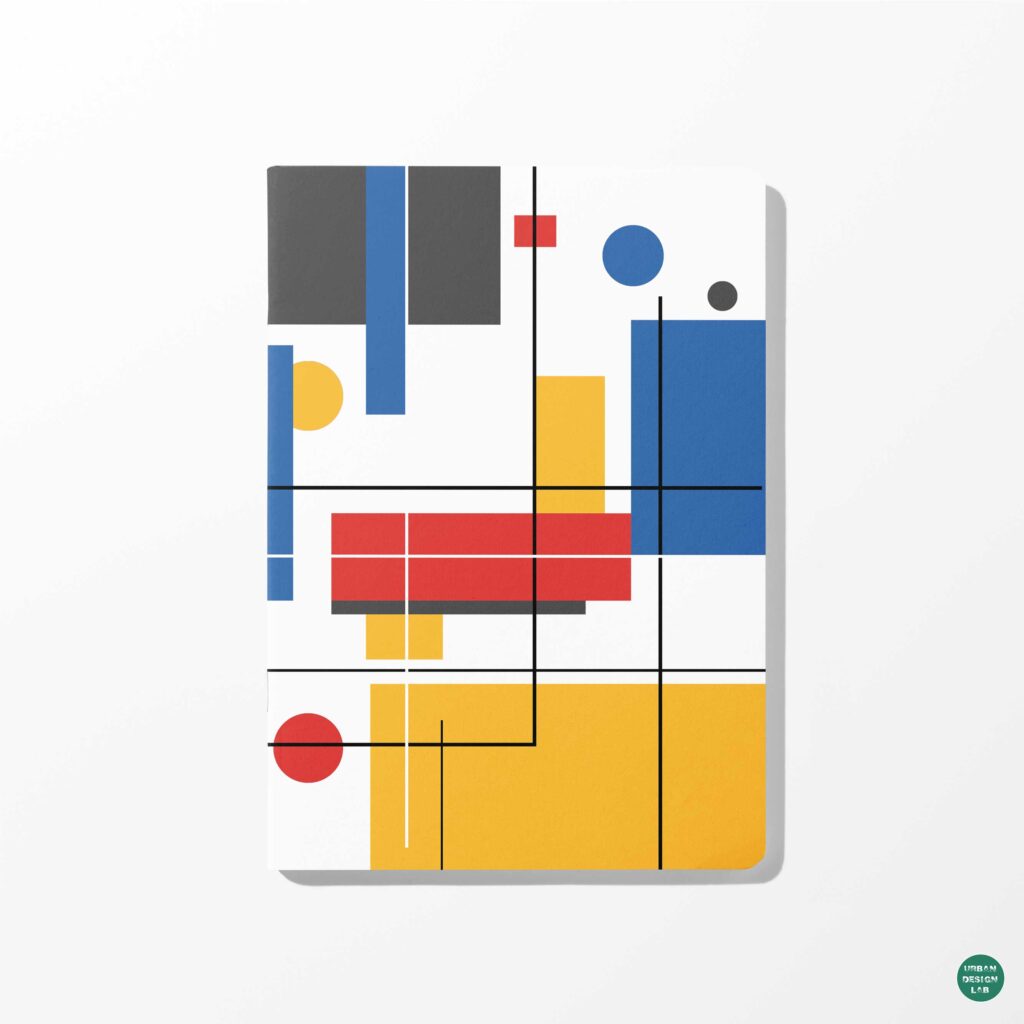
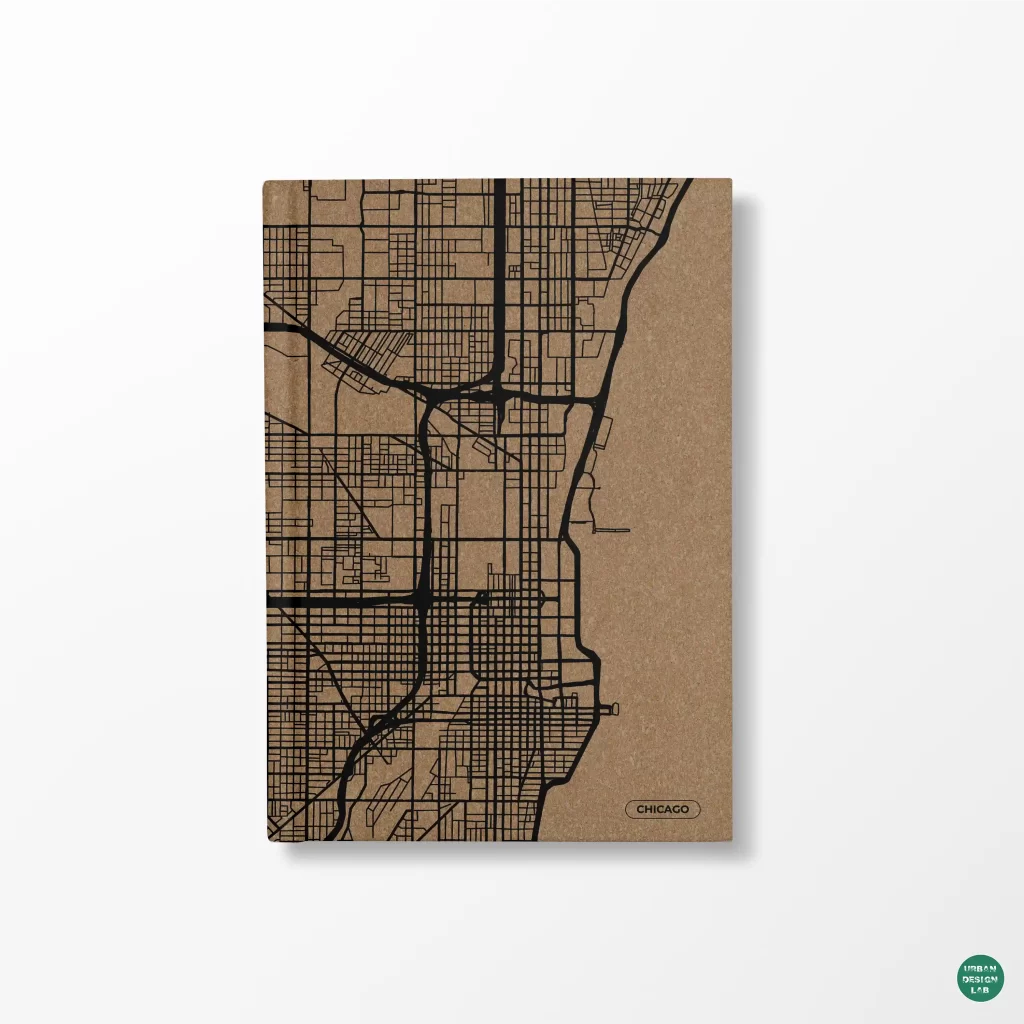

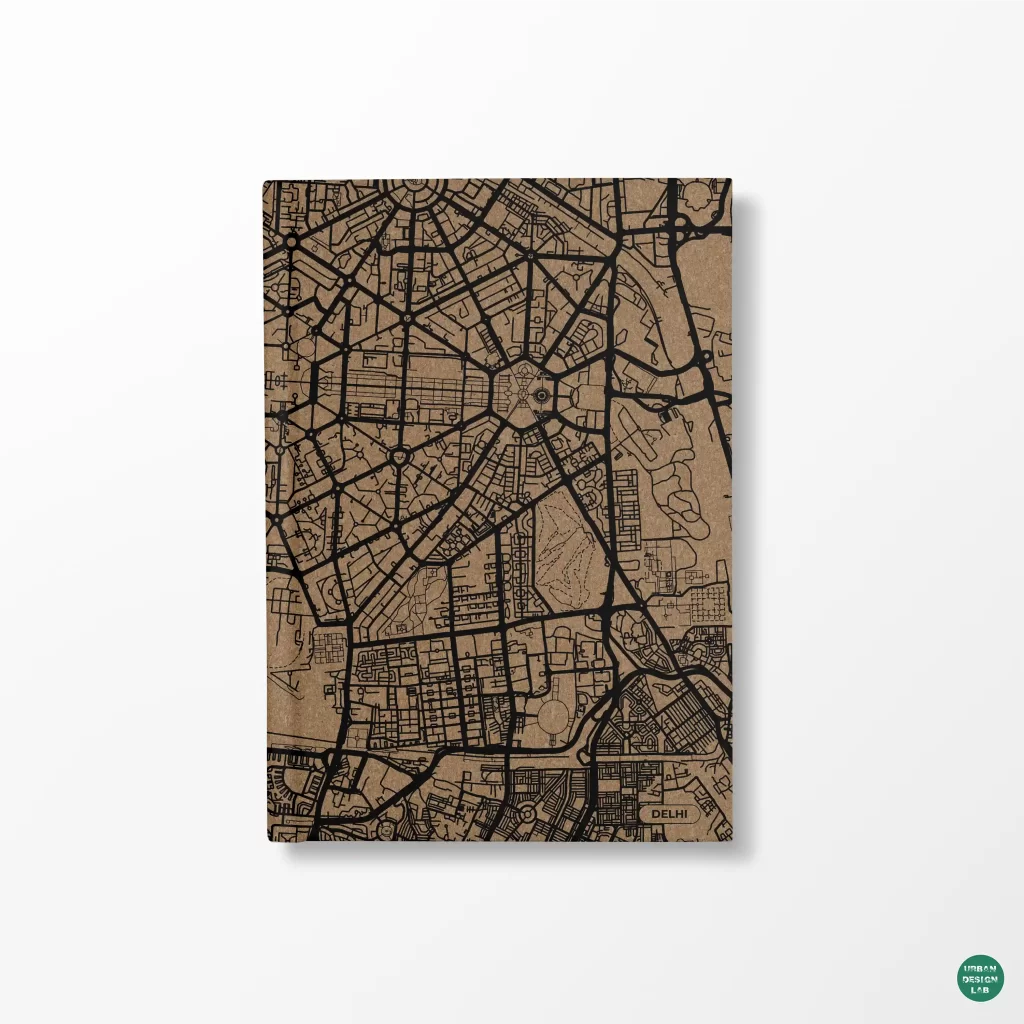
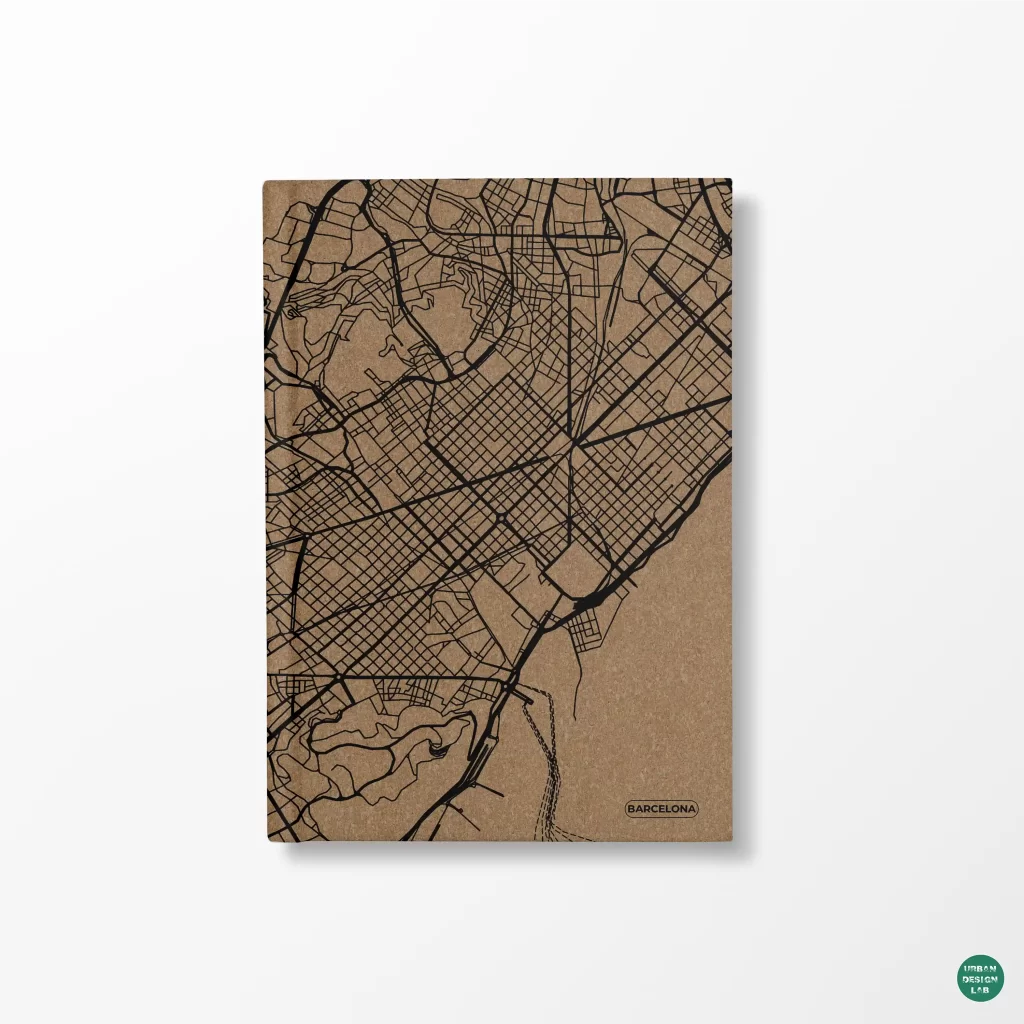
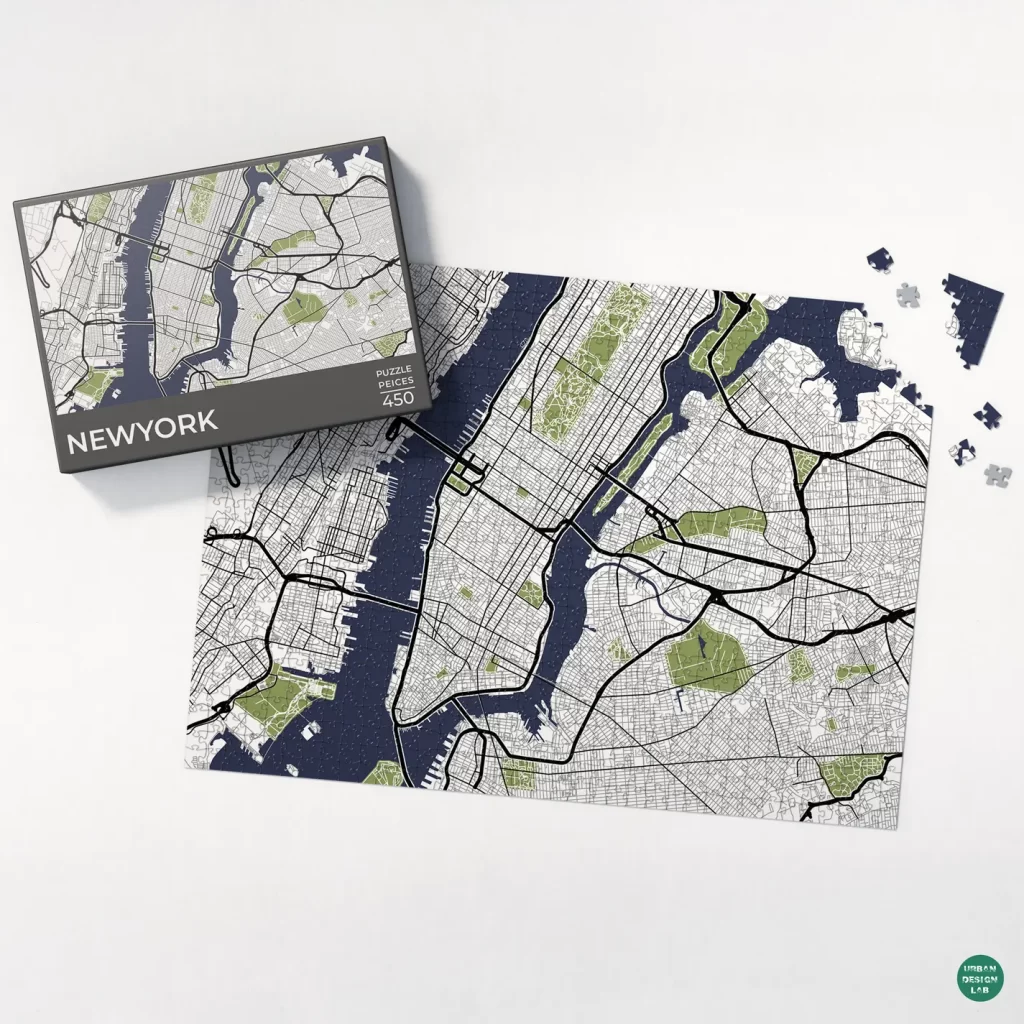
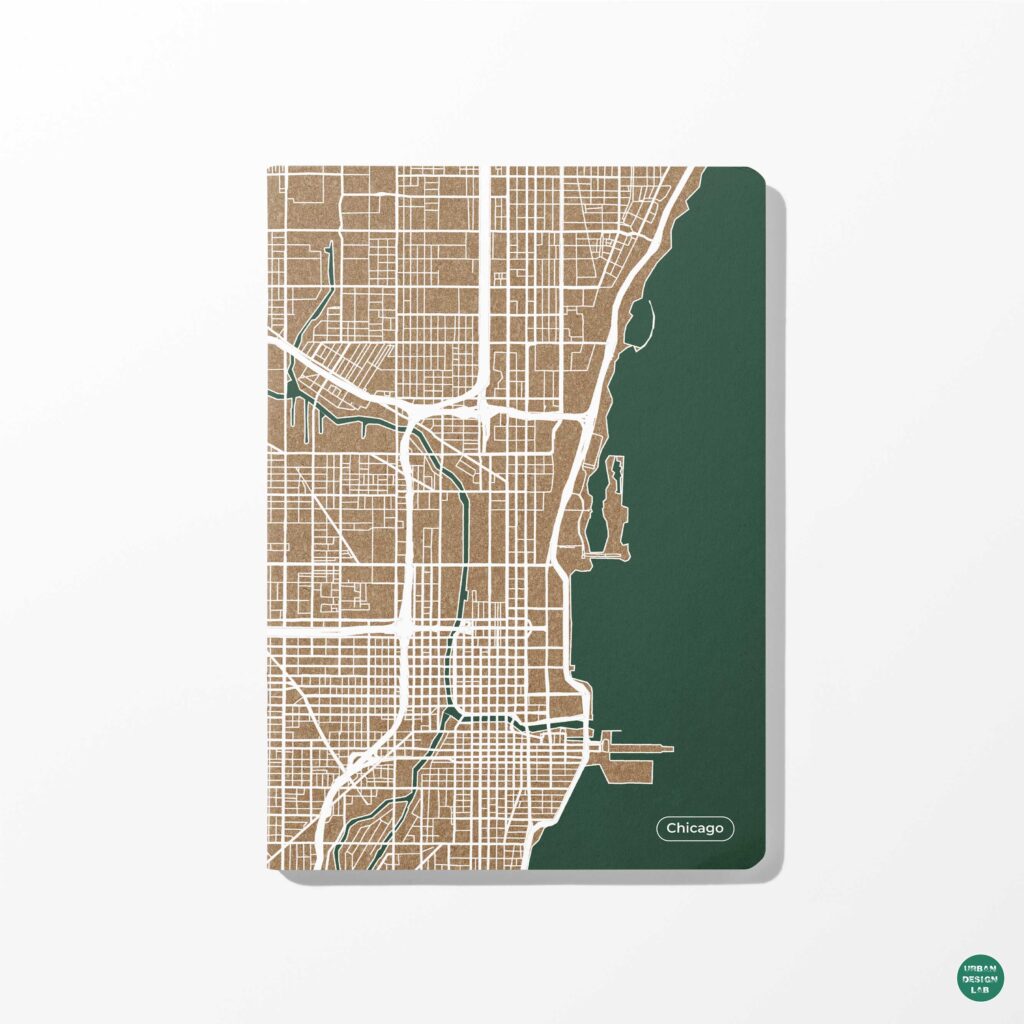


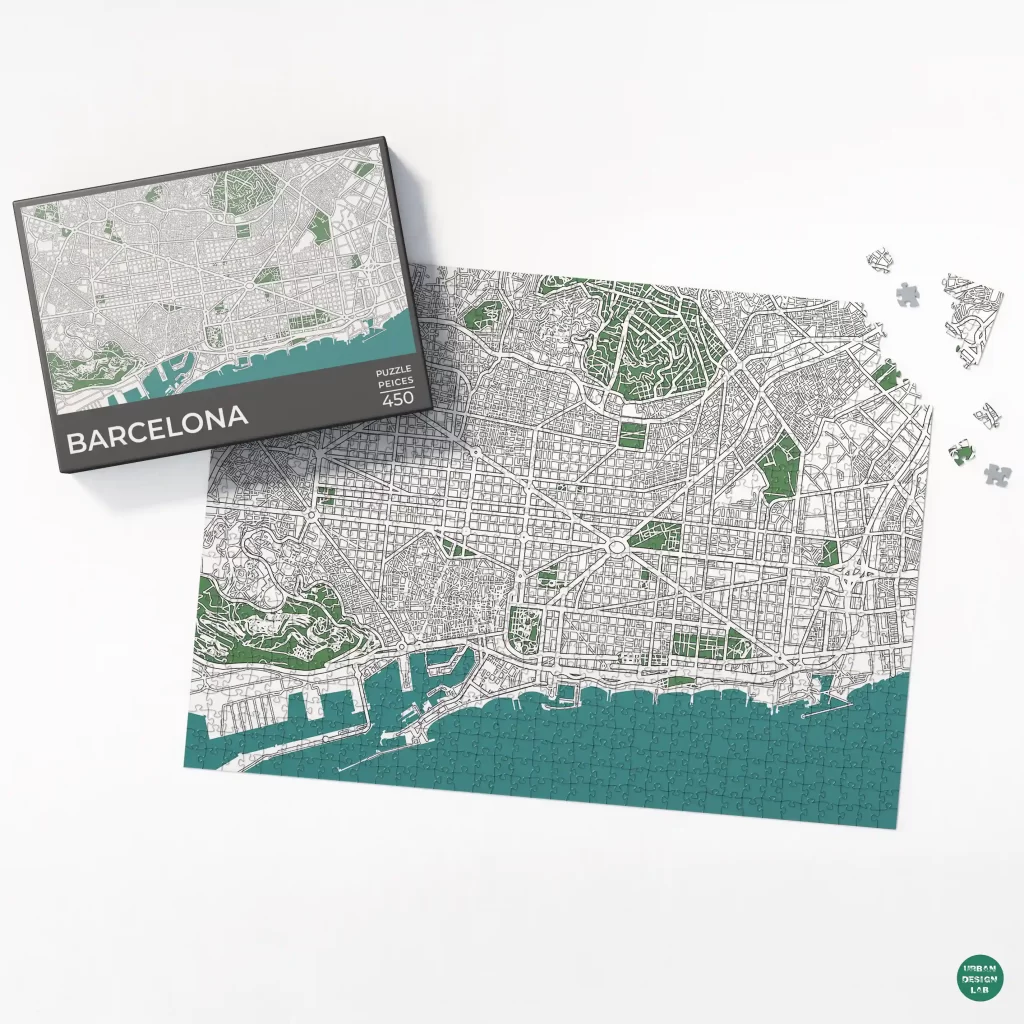
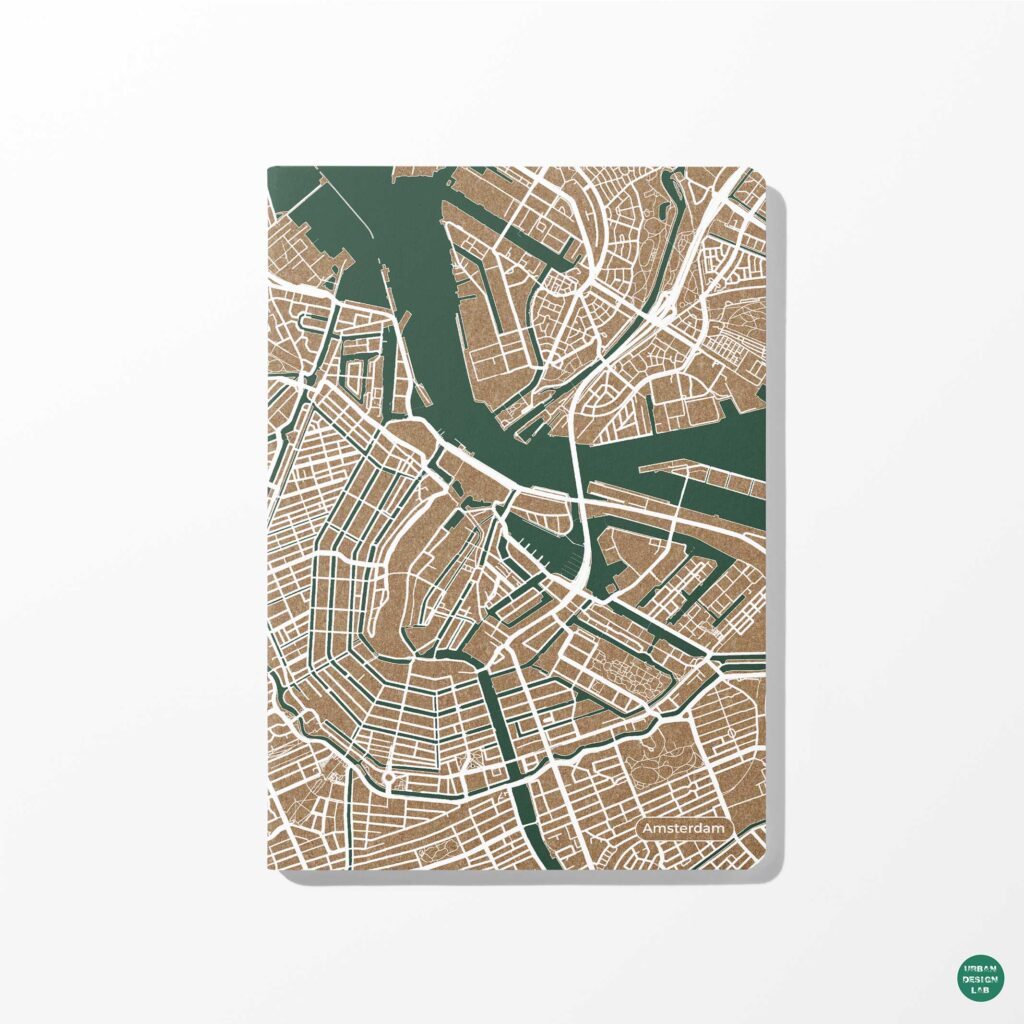

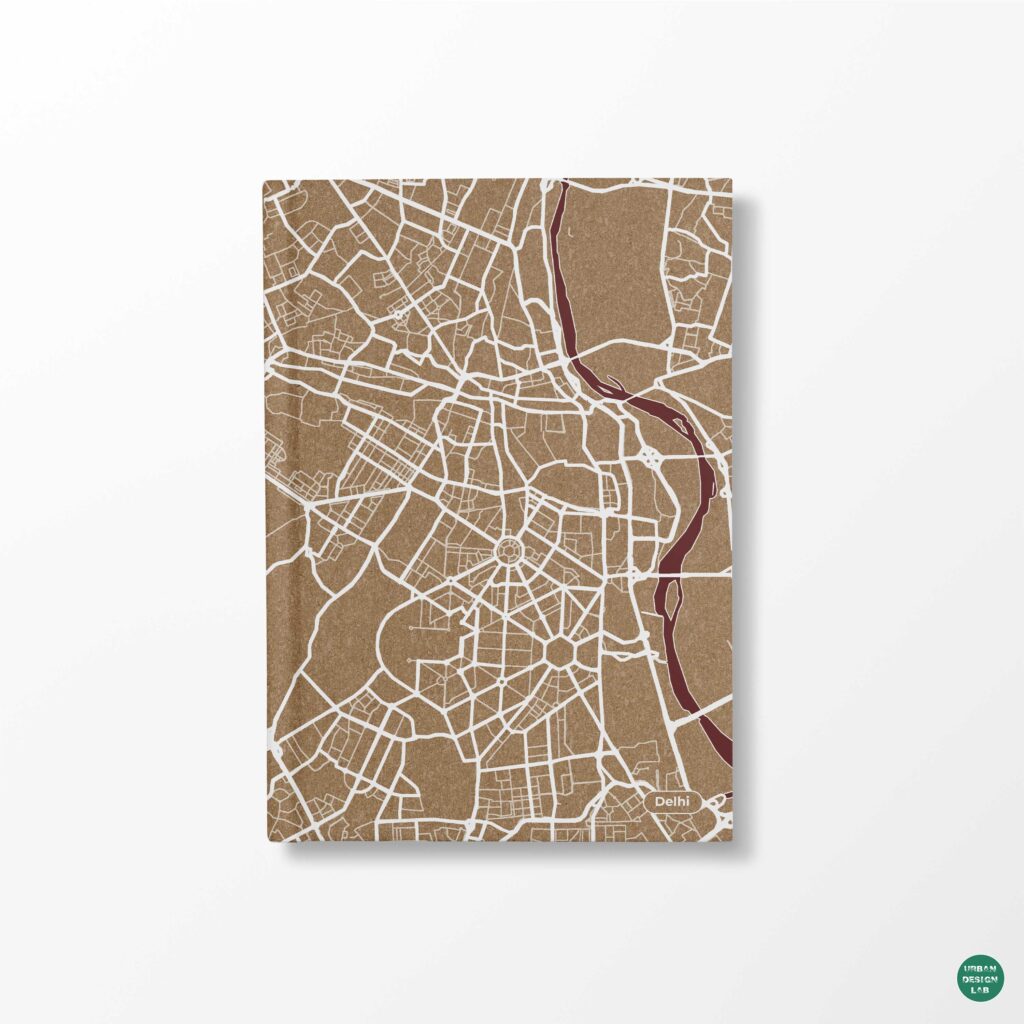
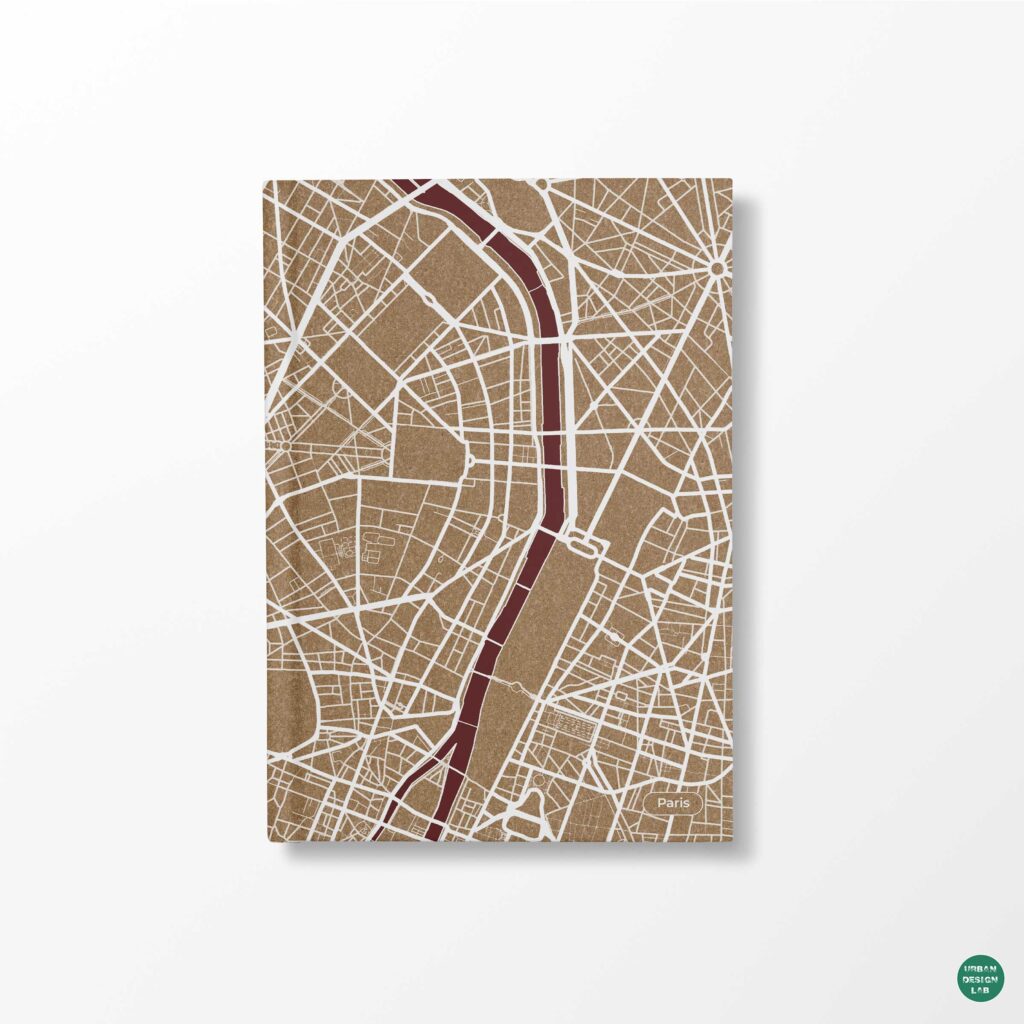
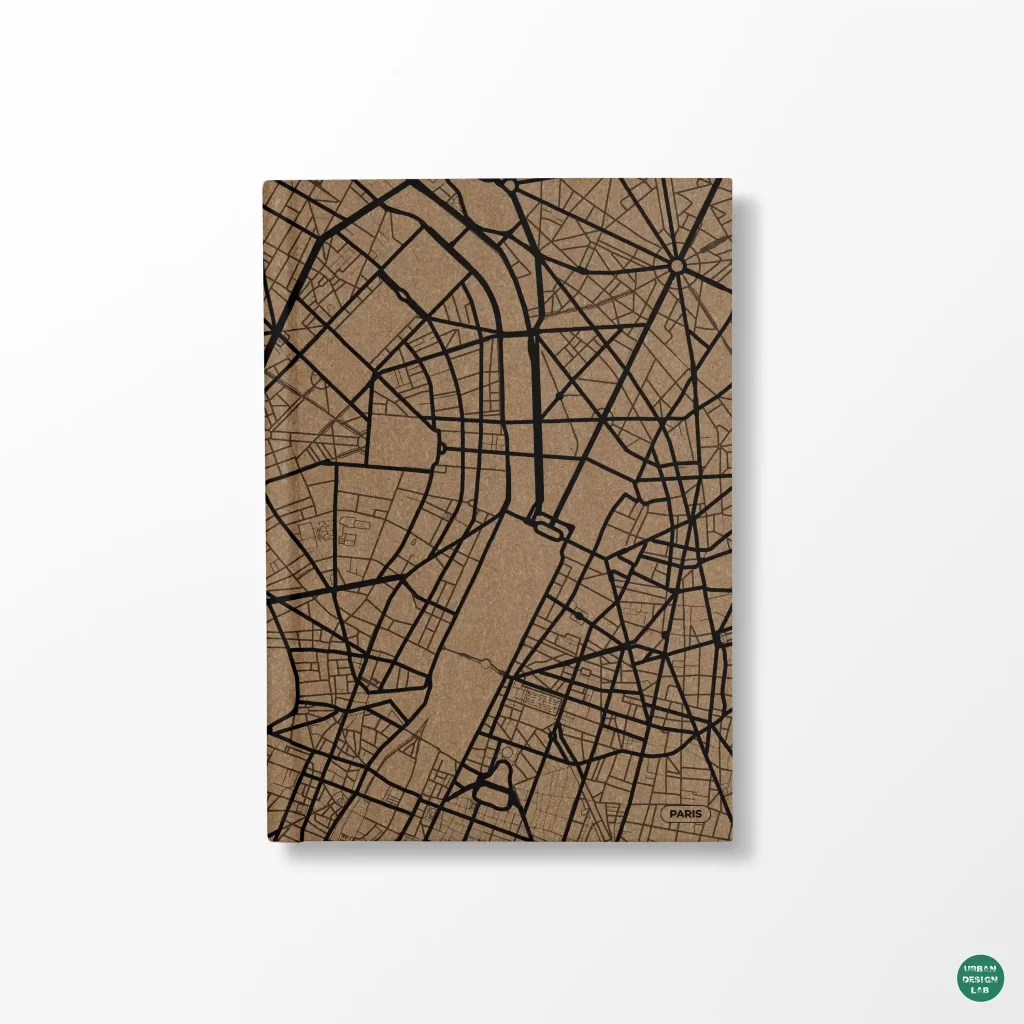
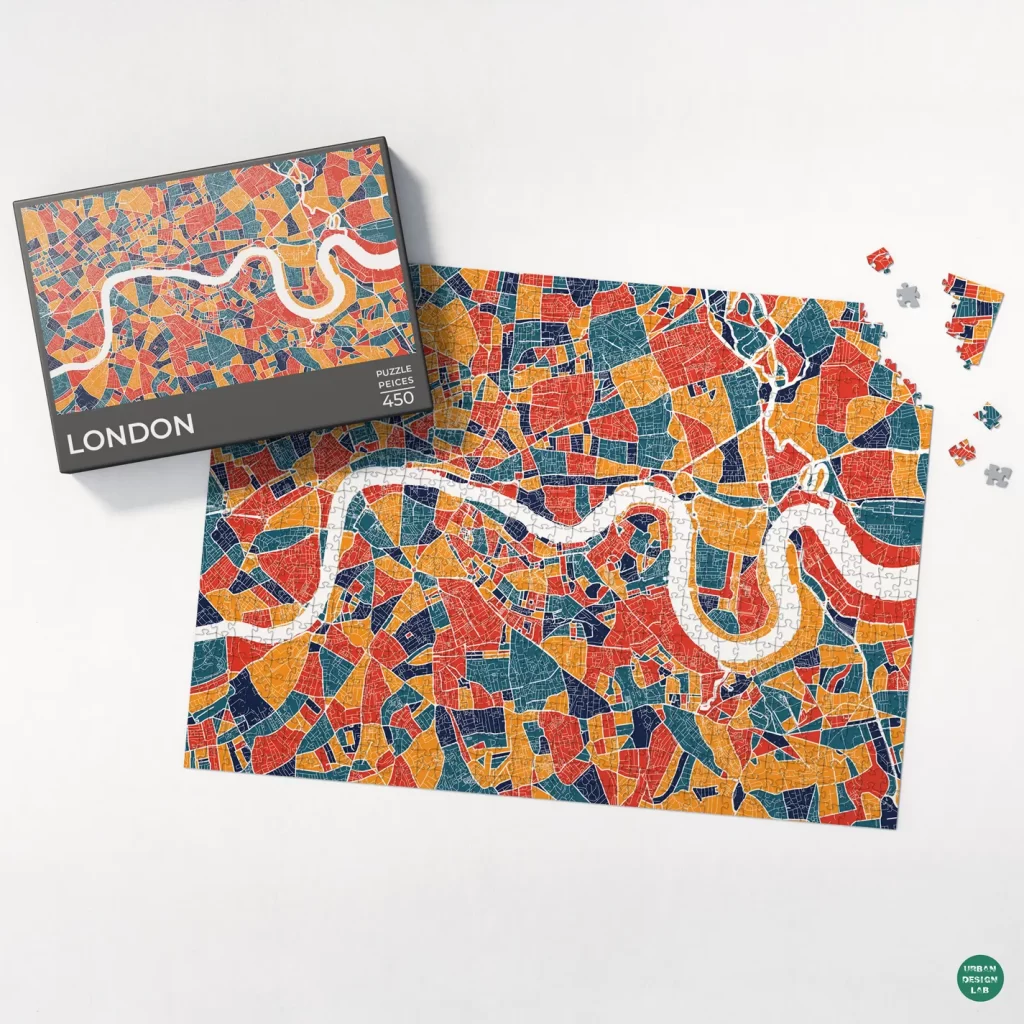


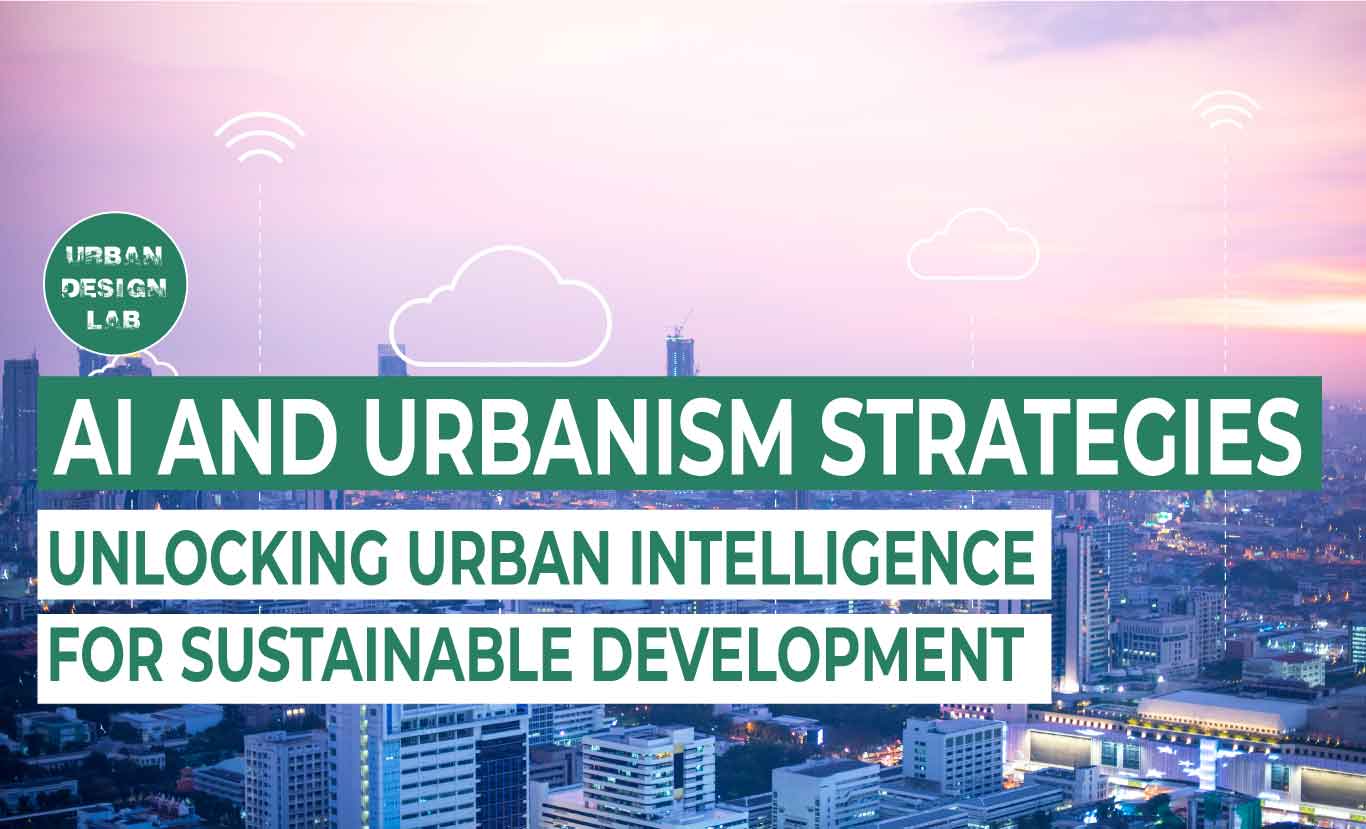
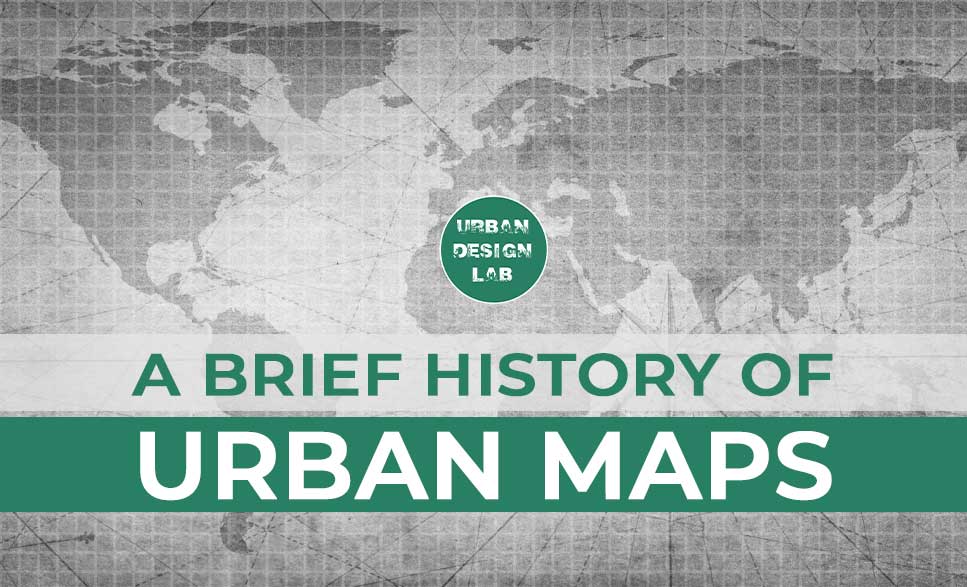
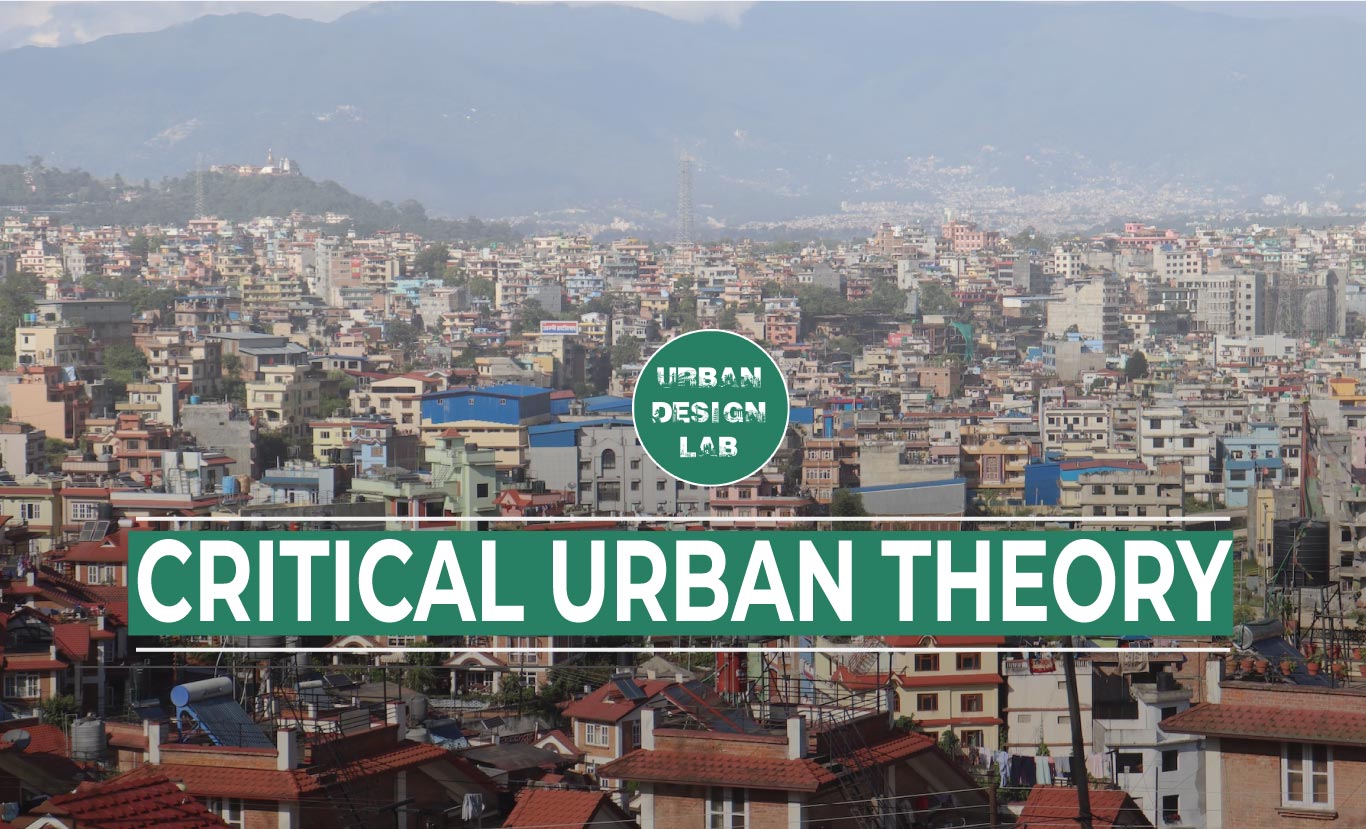
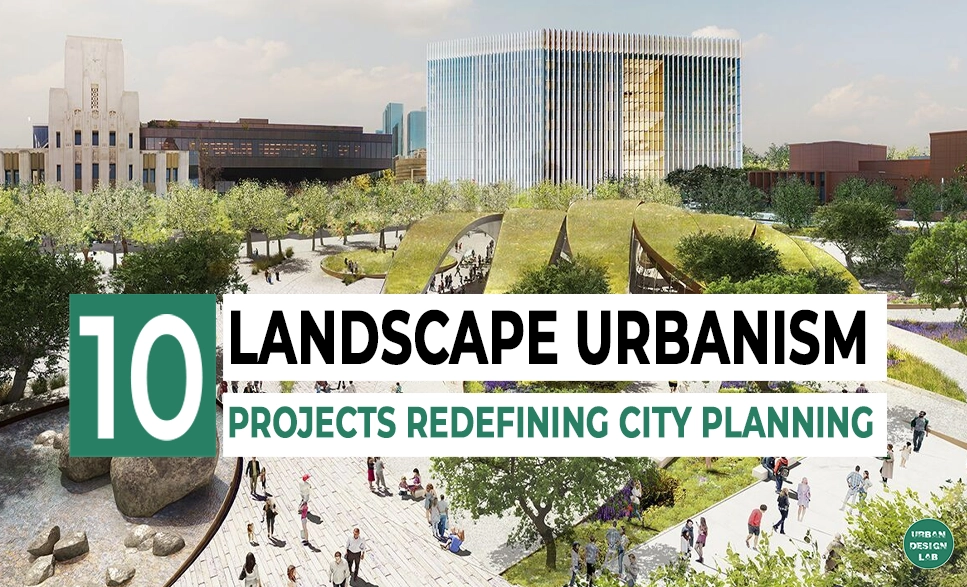
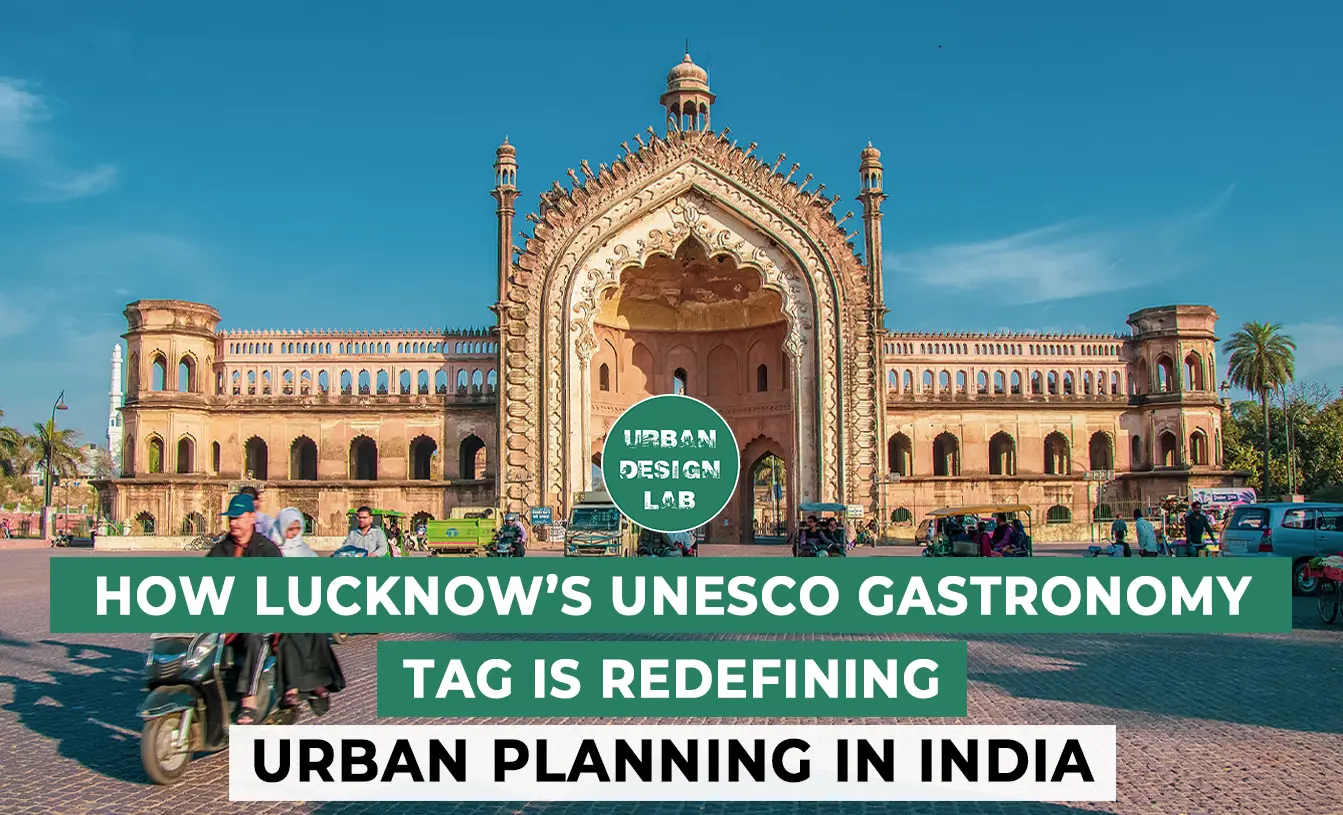
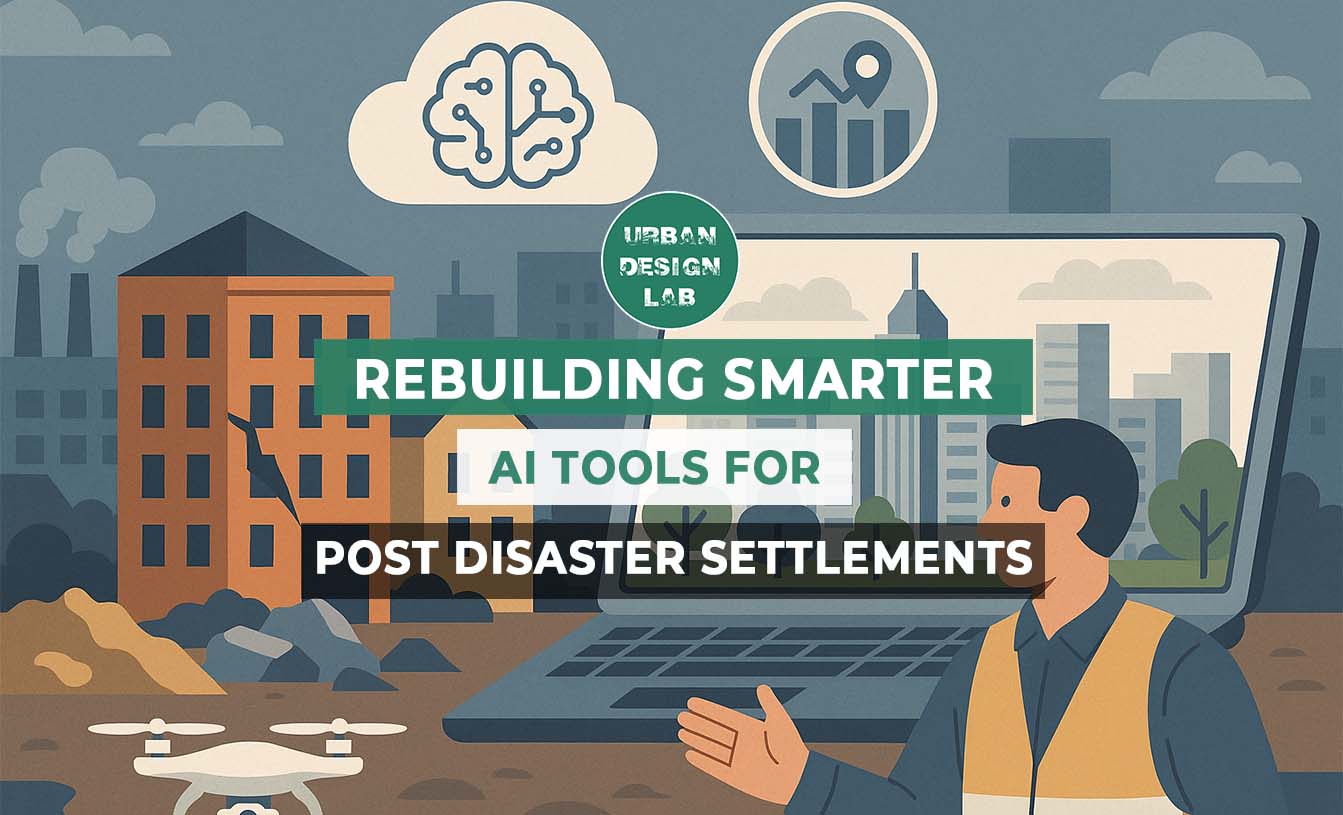
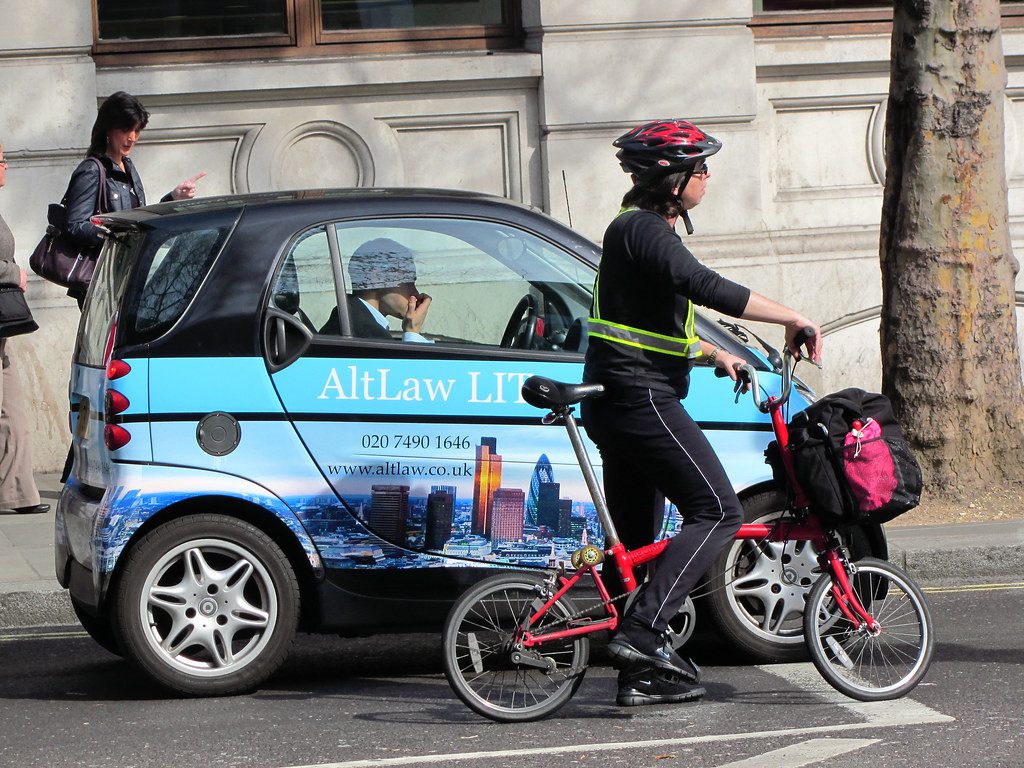

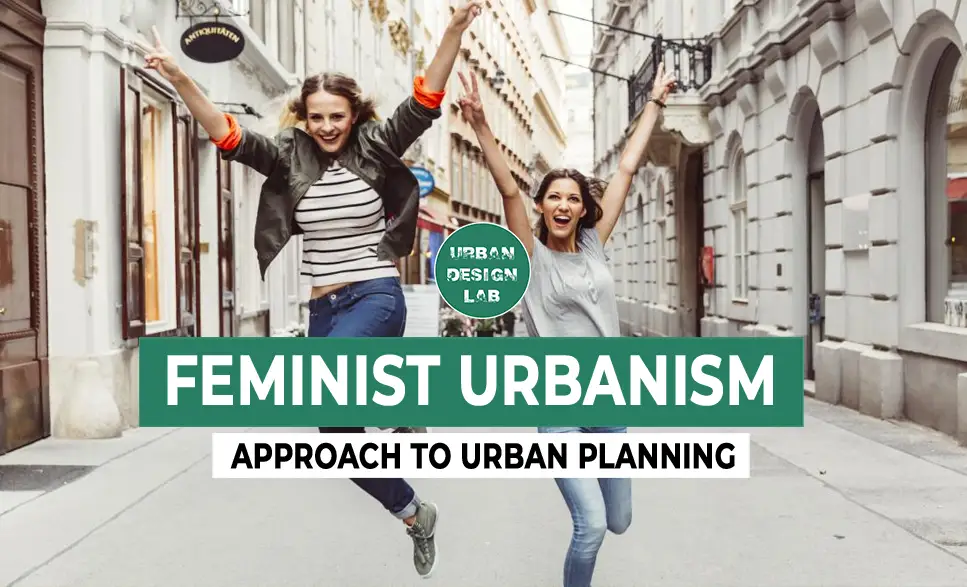


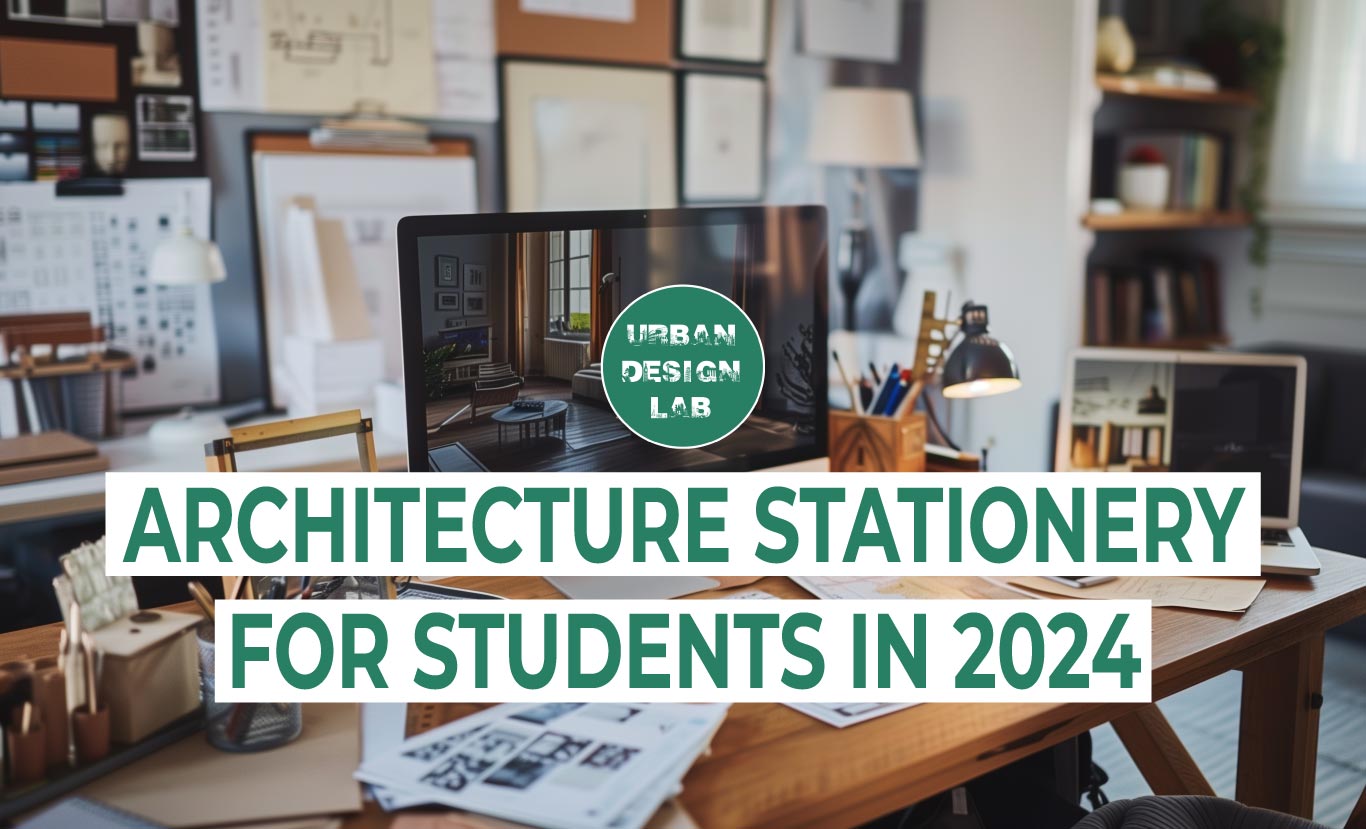
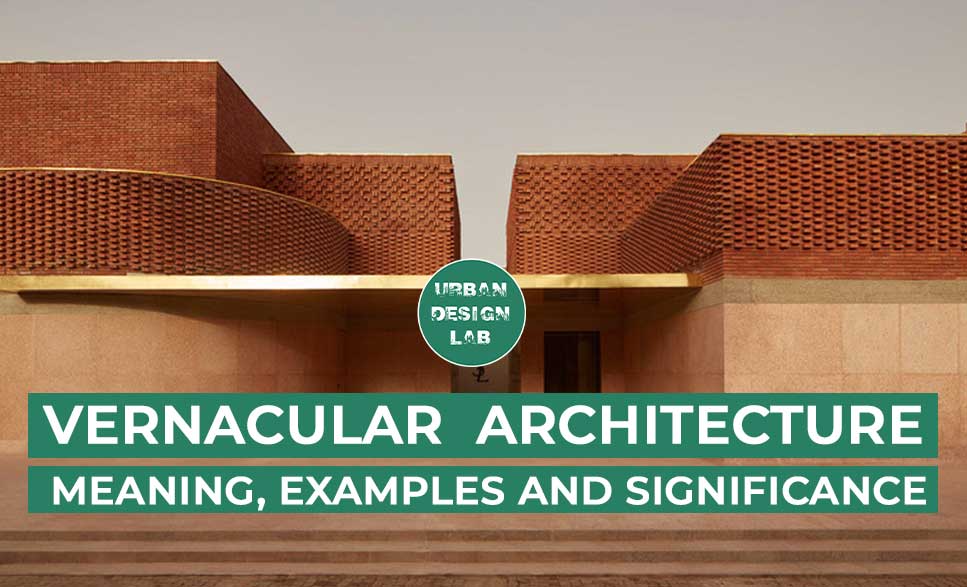
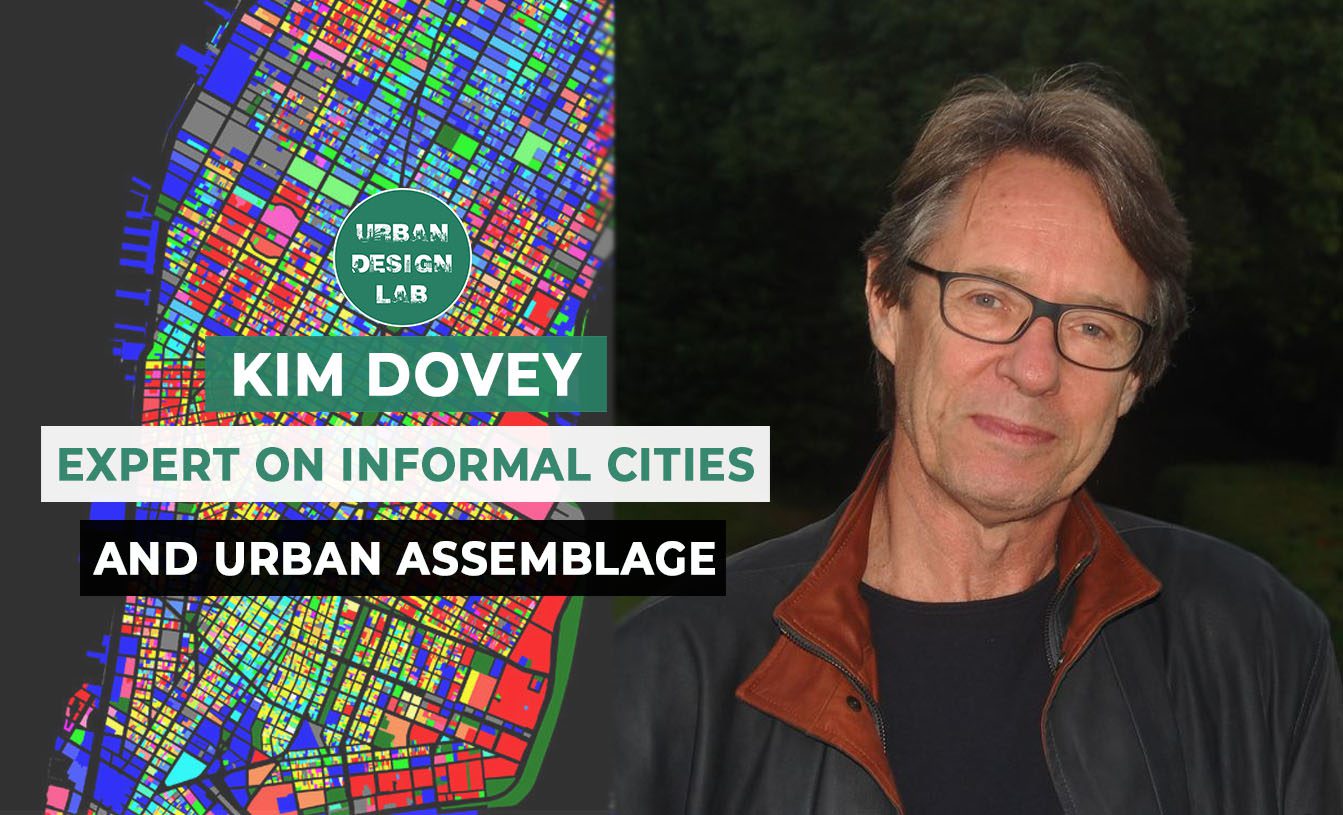
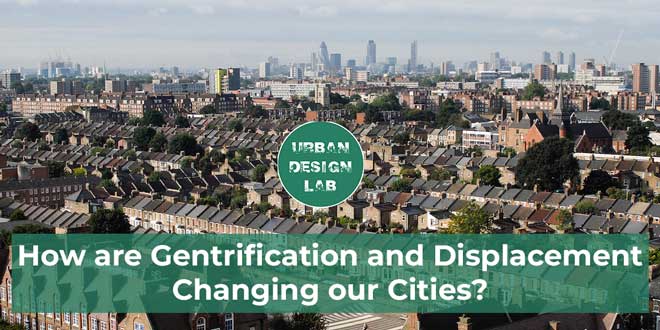



2 Comments
Nice👍😊👏
Beautiful article doing good job. Proud of you well done👍 best luck for your article.